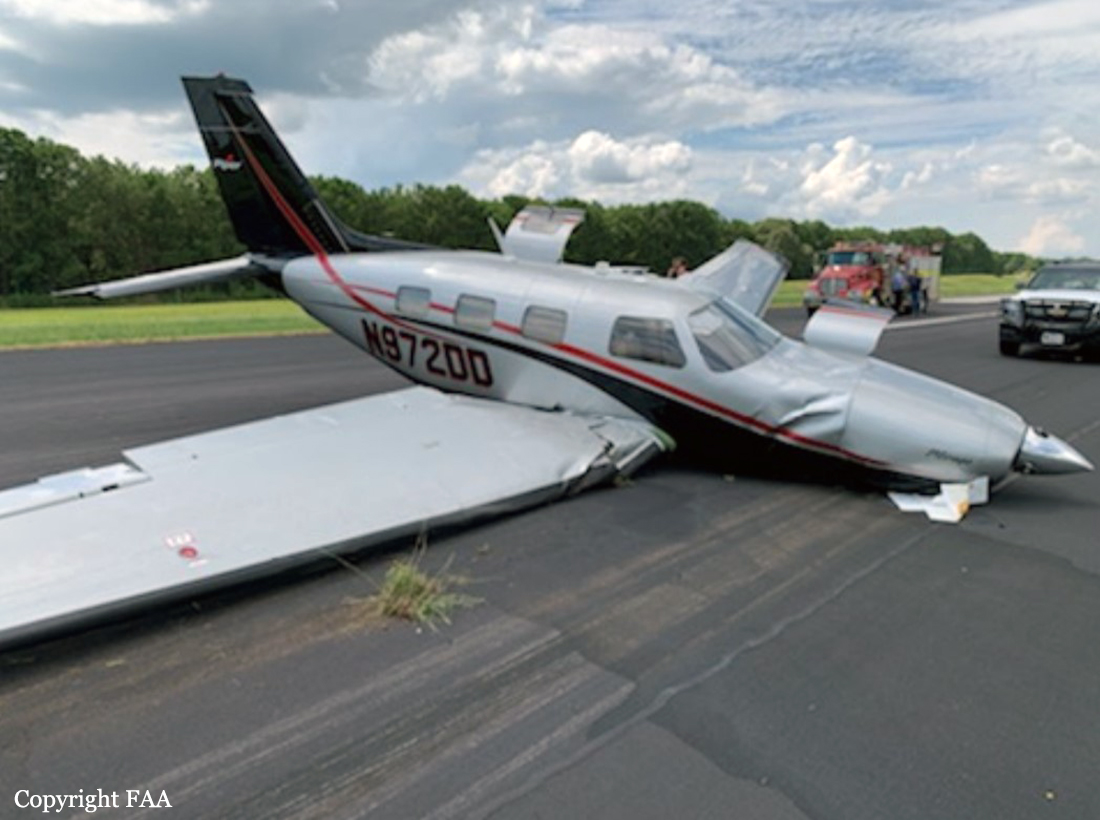Country
Crash of a Piper PA-46R-350T Matrix in Tehachapi: 1 killed
Date & Time:
Feb 13, 2021 at 1627 LT
Registration:
N40TS
Survivors:
No
Schedule:
Camarillo – Mammoth Lakes
MSN:
46-92156
YOM:
2010
Crew on board:
1
Crew fatalities:
Pax on board:
0
Pax fatalities:
Other fatalities:
Total fatalities:
1
Captain / Total hours on type:
63.00
Aircraft flight hours:
877
Circumstances:
The non-instrument-rated pilot departed on a cross-country flight. Radar track data revealed the airplane traveled on a relatively straight course to the northeast for about 32 minutes. Near the end of the flight track data, the track showed an increasingly tight left spiraling turn near the accident site. The airplane impacted steep sloping terrain, and a postimpact fire ensued. As a result of the impact, the airplane was segmented into several sections. Examination of the wreckage revealed no evidence of mechanical malfunction or failures that would have precluded normal operation. The attitude indicator instrument was disassembled, and the vacuum-powered rotor and housing revealed rotational scoring damage, indicating the instrument vacuum system was operational at the time of the accident. The investigation found no evidence indicating the pilot checked the weather or received weather information before departure. The surrounding weather reporting stations near the accident site reported wind conditions with peak gusts up to 47 knots around the time of the accident. The pilot likely encountered mountain wave activity with severe turbulence, which resulted in loss of control of the airplane and impact with terrain. Contributing to the accident was the pilot’s failure to obtain a preflight weather briefing, which would have alerted him to the presence of hazardous strong winds and turbulent conditions. Postmortem toxicology testing of the pilot’s lung and muscle tissue samples detected several substances that are mentally and physically impairing individually and even more so in combination for performing hazardous and complex tasks. However, blood concentrations are needed to determine the level of impairment, and no blood samples for the pilot were available. While the pilot was taking potentially impairing medications and likely had conditions that would influence decision making and reduce performance, without blood concentrations, it was not possible to determine whether the potentially impairing combination of medications degraded his ability to safely operate the airplane.
Probable cause:
The pilot’s encounter with mountain wave activity with severe turbulence, which resulted in a loss of airplane control. Contributing to the accident was the pilot’s failure to obtain a preflight
weather briefing.
weather briefing.
Final Report:
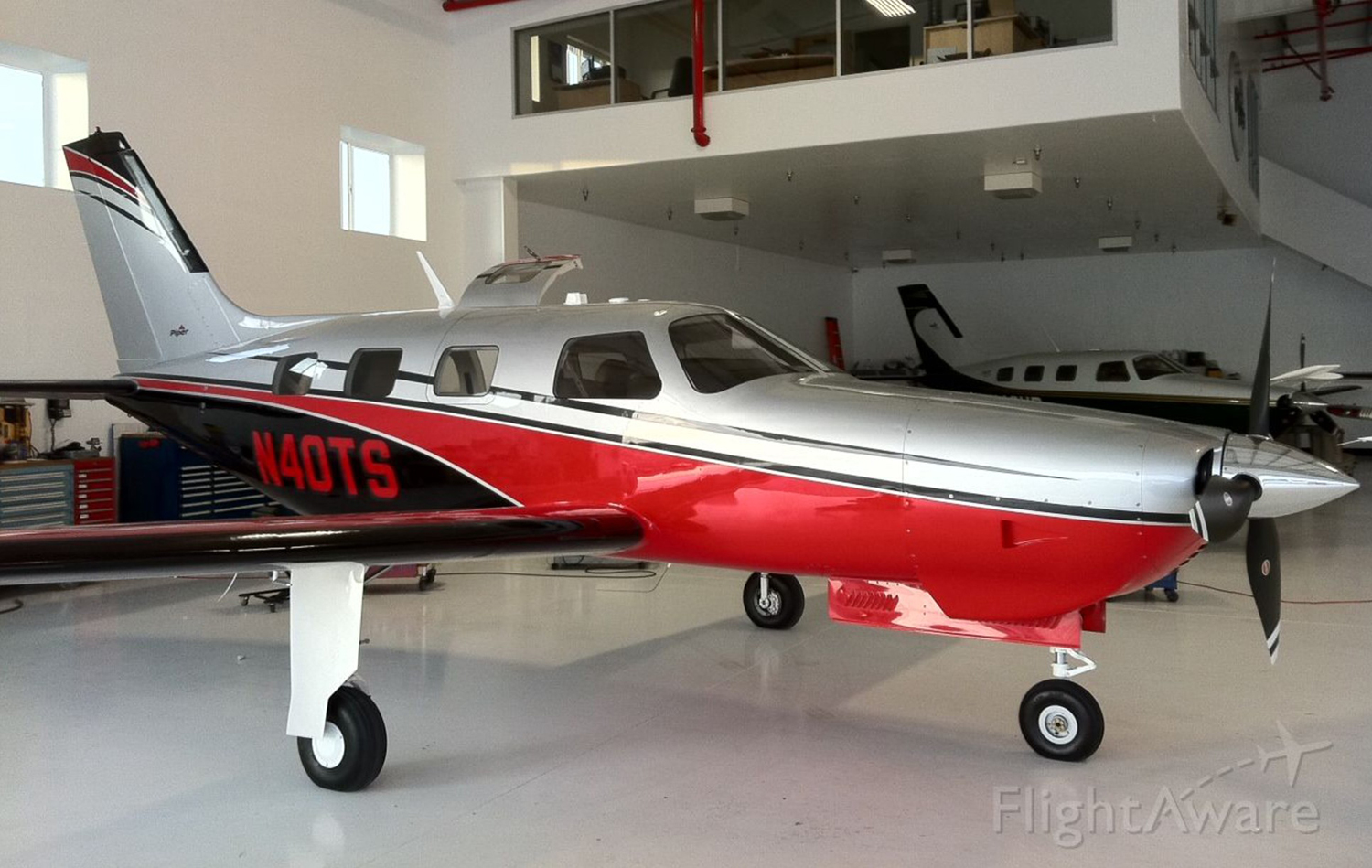
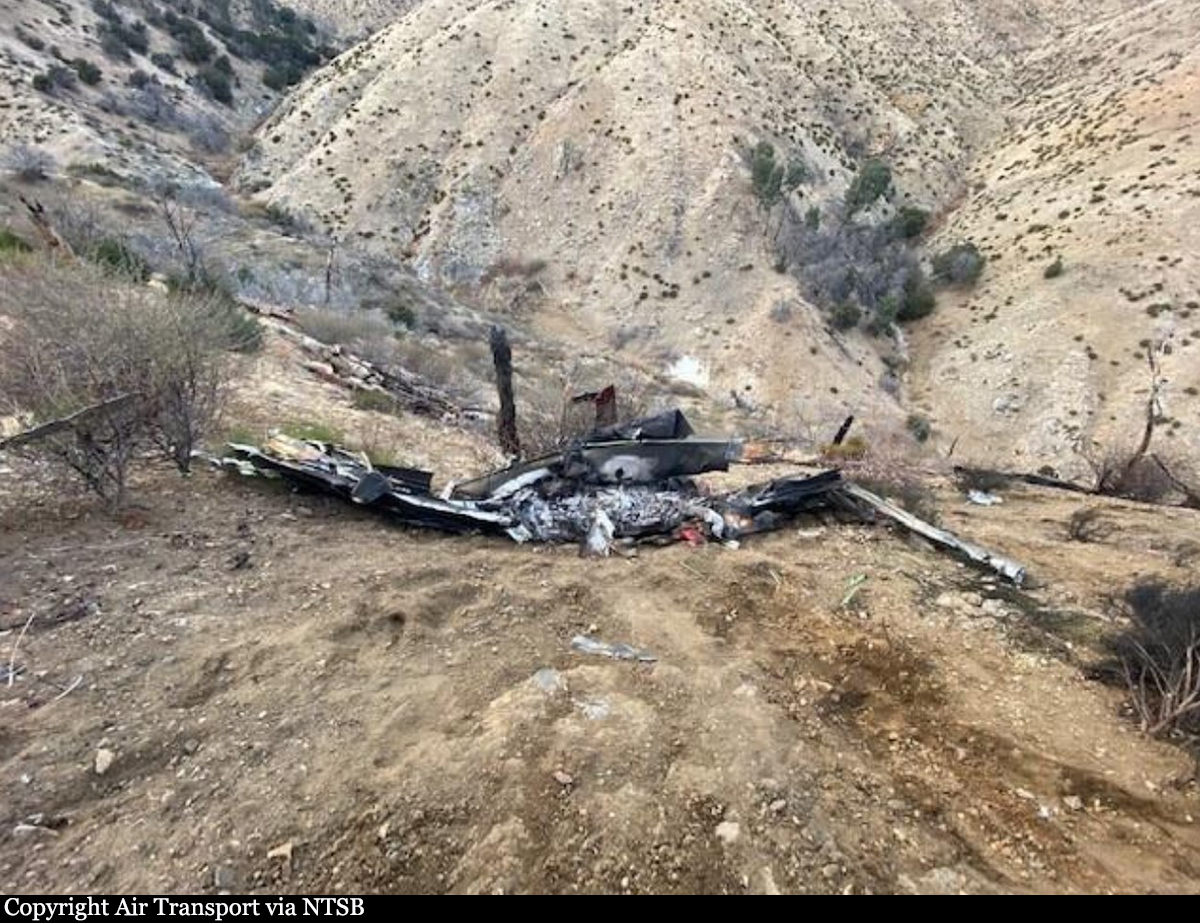
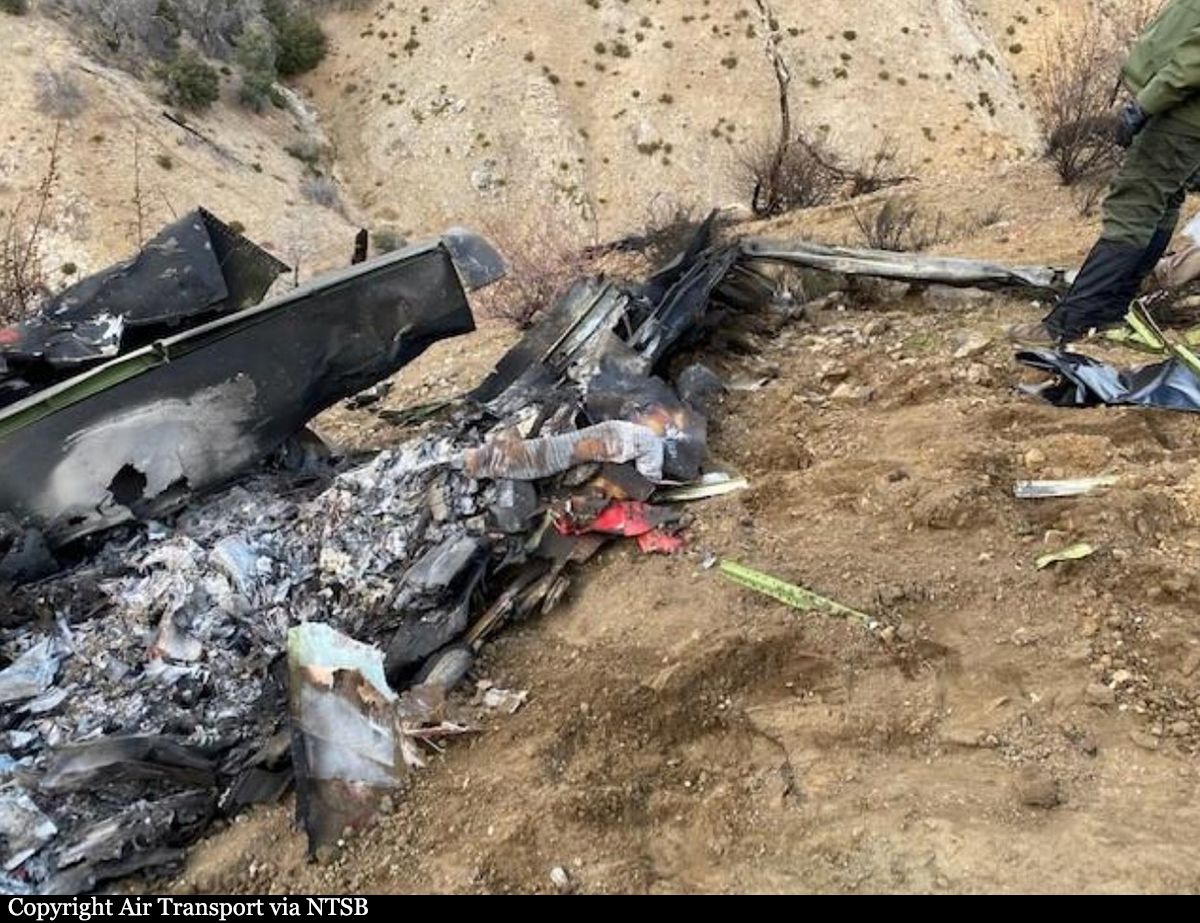

Crash of a Piper PA-46-350P Malibu Mirage in Worcester
Date & Time:
Feb 2, 2021 at 1655 LT
Registration:
N221ST
Survivors:
Yes
Schedule:
Martha’s Vineyard – Worcester
MSN:
46-36651
YOM:
2014
Crew on board:
1
Crew fatalities:
Pax on board:
2
Pax fatalities:
Other fatalities:
Total fatalities:
0
Circumstances:
The pilot reported that, while descending through clouds and beginning the instrument approach, some ice accumulated on the wings and he actuated the deice boots twice. The pilot saw the deice boots functioning normally on the wings and could not see the tail; however, the elevator began to shake, and he lost elevator control. The pilot applied forward pressure on the yoke and had to trim nose-down to avoid a stall. There were no cockpit caution indications and the pilot had disengaged the autopilot before descent. The airplane descended through the clouds and impacted a tree before coming to rest upright in a grass area. Postaccident examination of the wreckage, including component testing of the deice system, did not reveal any preimpact mechanical malfunctions. The flap jackscrew position suggested that the flaps were likely in transit between 0° and 10° flap extension at the time of impact. Review of radar data revealed that, during the 2 minutes before the accident, the airplane’s groundspeed averaged about 82 knots; or an approximate average airspeed of 94 knots when accounting for the winds aloft. Current weather observations and forecast weather products indicated that the airplane was likely operating in an area where moderate and potentially greater structural icing conditions prevailed, and where there was the potential for the presence of supercooled liquid droplets. Review of the pilot operating handbook for the airplane revealed that the minimum speed for flight in icing conditions was 130 knots indicated airspeed. It is likely that the pilot’s failure to maintain an appropriate speed for flight in icing conditions resulted in insufficient airflow over the ice contaminated elevator and the subsequent loss of elevator control.
Probable cause:
The pilot’s failure to maintain the minimum airspeed for flight in icing conditions, which resulted in a loss of elevator control during approach due to ice accumulation.
Final Report:
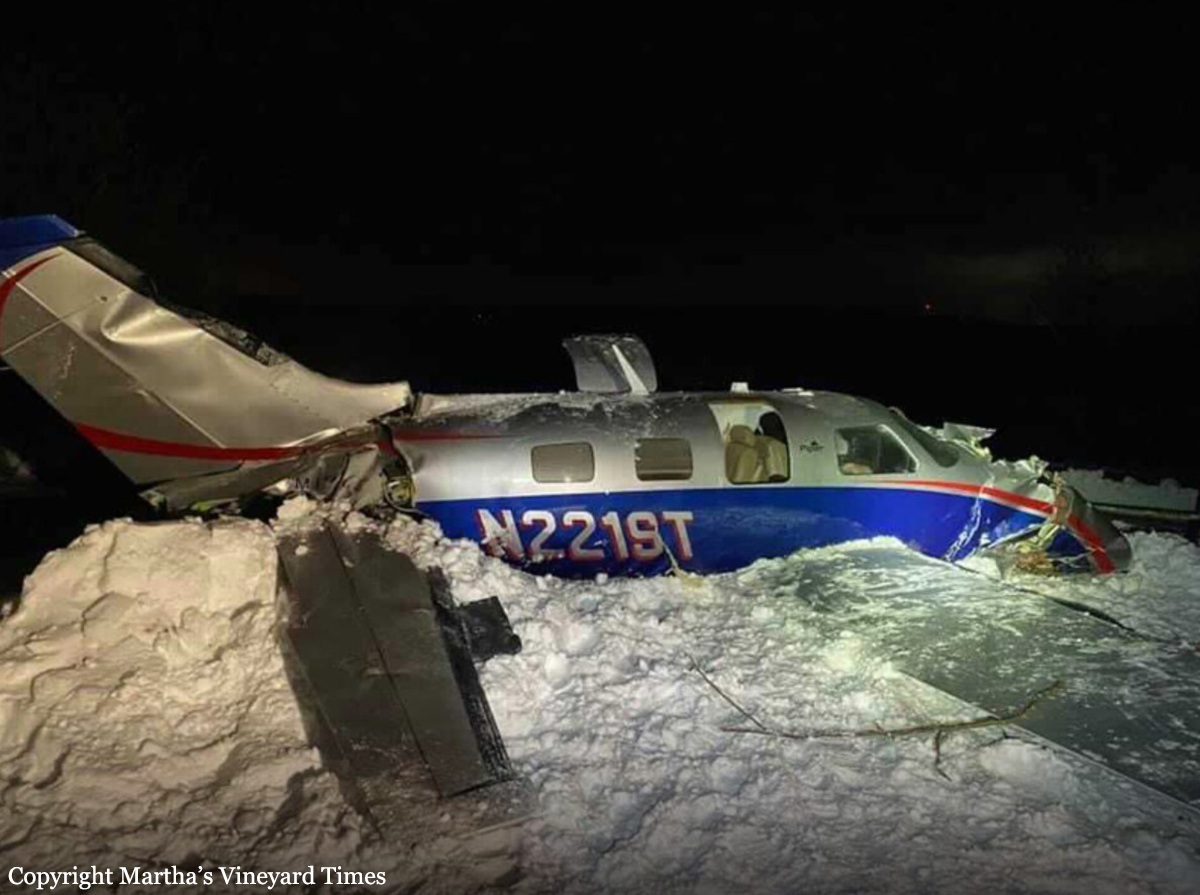
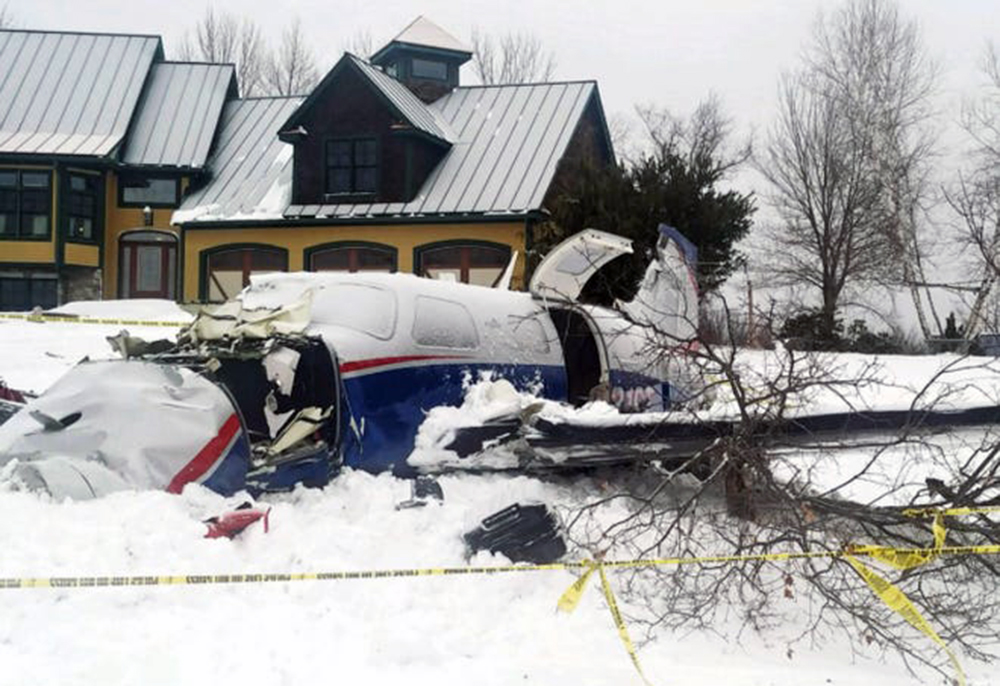
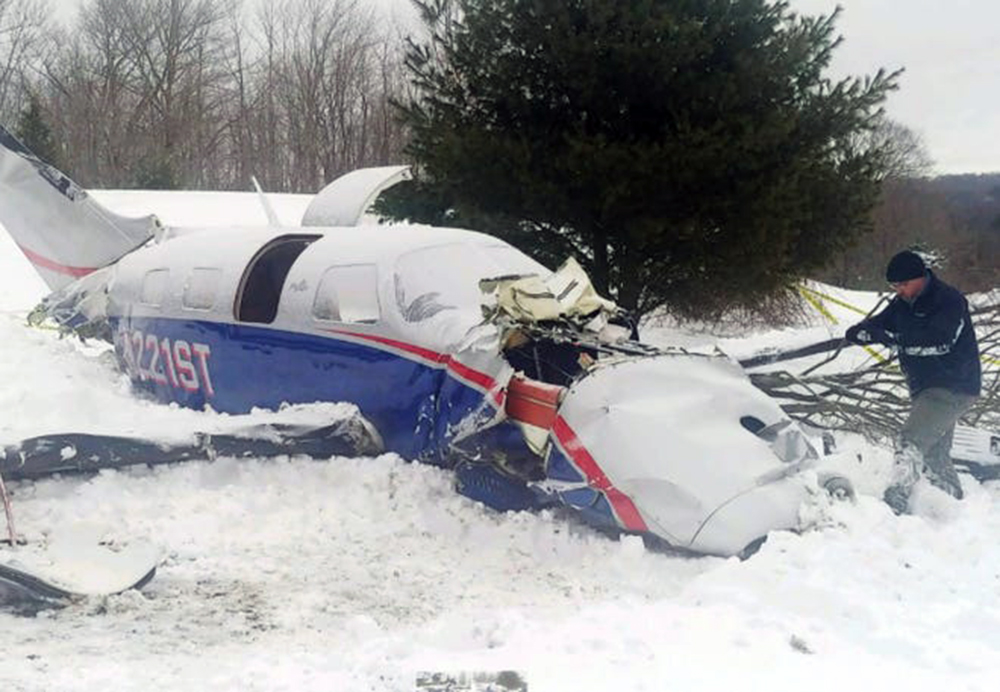
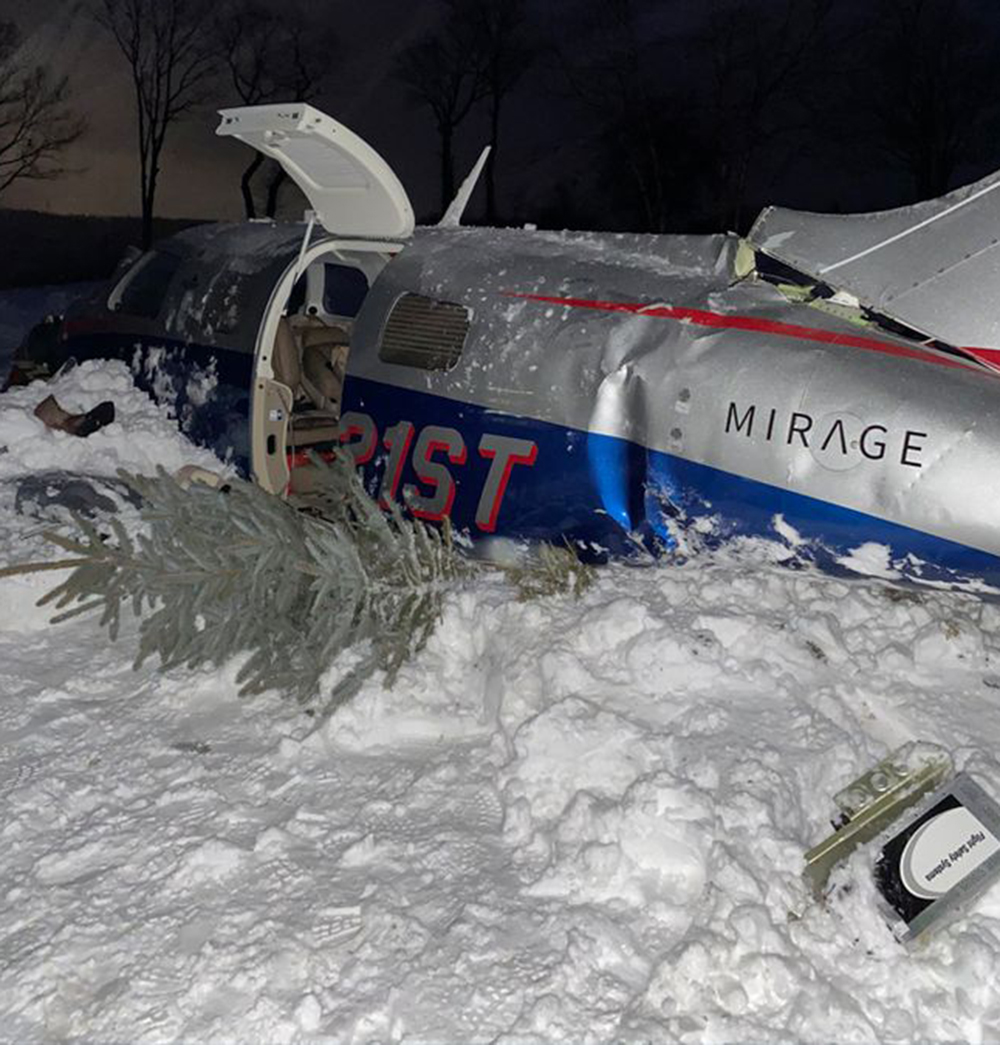
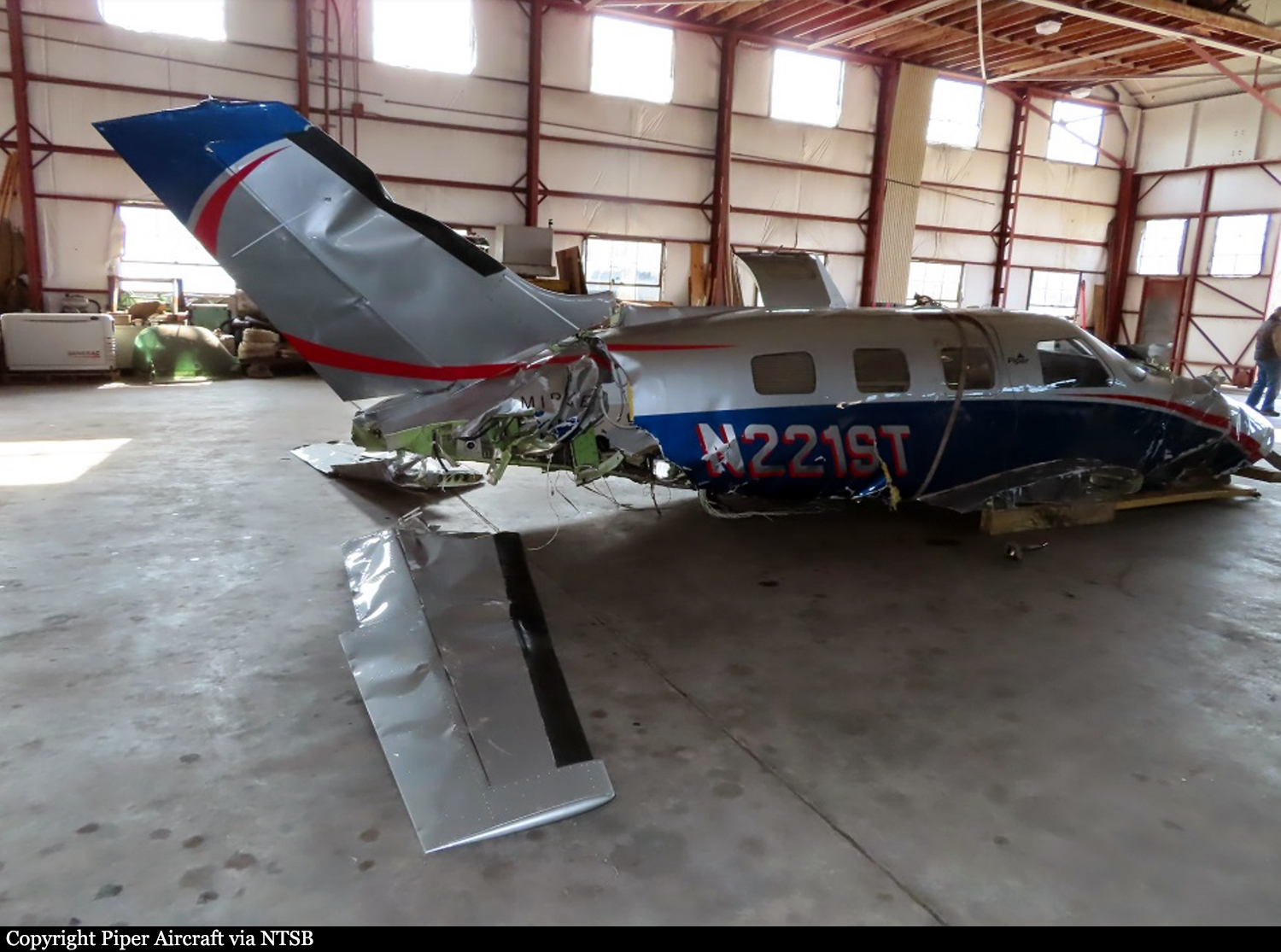
Crash of a Piper PA-46-310P Malibu off Naples
Date & Time:
Dec 19, 2020 at 1216 LT
Registration:
N662TC
Survivors:
Yes
Schedule:
Sarasota - Key West
MSN:
46-8508095
YOM:
1985
Crew on board:
1
Crew fatalities:
Pax on board:
1
Pax fatalities:
Other fatalities:
Total fatalities:
0
Captain / Total hours on type:
890.00
Aircraft flight hours:
3462
Circumstances:
After takeoff from his home airport with about 50 gallons of fuel in each fuel tank, the pilot climbed to 7,000 ft and proceeded to his destination. When he was about halfway there, he switched from the right fuel tank to the left fuel tank. Immediately after switching fuel tanks, the engine started to sputter and lost power. The pilot switched back to the right fuel tank but there was no change. He then tried different power settings, adjusted the mixture to full rich and switched tanks again without regaining engine power. The pilot advised air traffic control (ATC) that he was having an engine problem and needed to land at the nearest airport. ATC instructed him contact the control tower at the nearest airport and cleared him to land. The pilot advised the controller that he was not going to be able to make it to the airport and that he was going to land in the water. During the water landing, the airplane came to a sudden stop. The pilot and his passenger then egressed, and the airplane sank. An annual inspection of the airplane had been completed about 2 months prior to the accident and test flights associated with the annual inspection had all been done with the fuel selector selected to the right fuel tank, and this was the first time he had selected the left fuel tank since before the annual inspection. The airplane was equipped with an engine monitor that was capable of recording engine parameters. Examination of the data revealed that around the time of the loss of engine power, exhaust gas temperature and cylinder head temperature experienced a rapid decrease on all cylinders along with a rapid decrease of turbine inlet temperature, which was indicative of the engine being starved of fuel. Examination of the wreckage did not reveal any evidence of any preimpact failures or malfunctions of the airplane or engine that would have precluded normal operation. During examination of the fuel system, the fuel selector was observed in the RIGHT fuel tank position and was confirmed to be in the right fuel tank position with low pressure air. However, when the fuel selector was positioned to the LEFT fuel tank position, continuity could not be established with low pressure air. Further examination revealed that a fuel selector valve labeled FERRY TANK was installed in the left fuel line between the factory-installed fuel selector and the left fuel tank. The ferry tank fuel selector was observed to be in the ON position, which blocked continuity from the left fuel tank to the engine. Continuity could only be established when the ferry tank fuel selector was positioned to the OFF position. With low pressure air, no continuity could be established from the ferry tank fuel line that attached to the ferry tank’s fuel selector. The ferry tank fuel selector valve was mounted between the pilot and copilot seats on the forward side of the main wing spar in the area where the pilot and copilot would normally enter and exit the cockpit. This location was such that the selector handle could easily be inadvertently kicked or moved by a person or object. A guard was not installed over the ferry tank fuel selector valve nor was the selector valve handle safety wired in the OFF position to deactivate the valve even though a ferry tank was not installed. Review of the airplane’s history revealed that about 3 years before the accident, the airplane had been used for an around-the-world flight by the pilot and that prior to the flight, a ferry tank had been installed. A review of maintenance records did not reveal any logbook entries or associated paperwork for the ferry tank installation and/or removal, except for a copy of the one-page fuel system schematic from the maintenance manual with a handwritten annotation (“Tank”), and hand drawn lines, both added to it in blue ink. A review of Federal Aviation Administration records did not reveal any record of a FAA Form 337 (Major Repair or Alteration) or a supplemental type certificate for installation of the ferry tank or the modification to the fuel system.
Probable cause:
The inadvertent activation of the unguarded ferry tank fuel selector valve, which resulted in fuel starvation and a total loss of engine power.
Final Report:
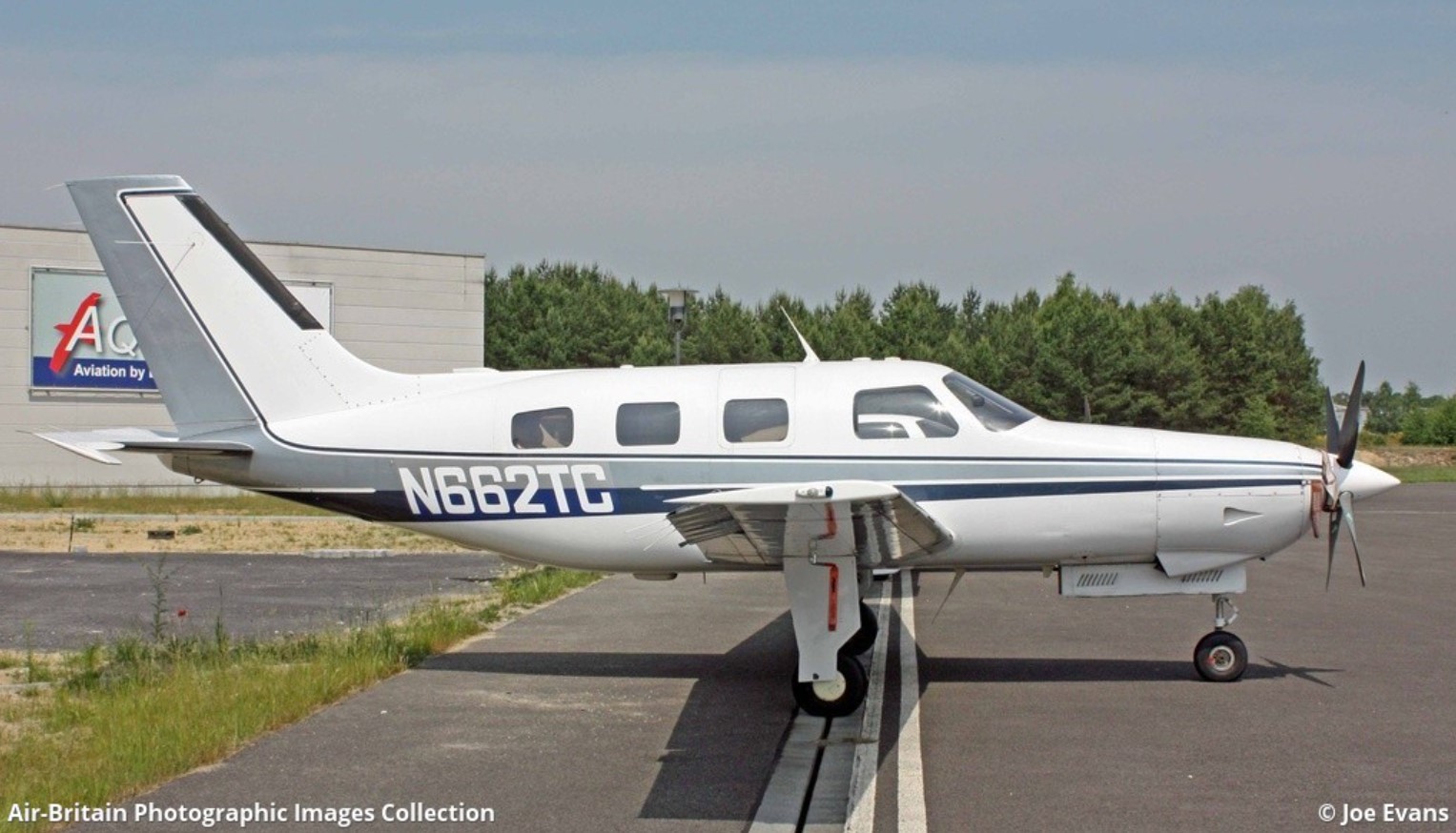
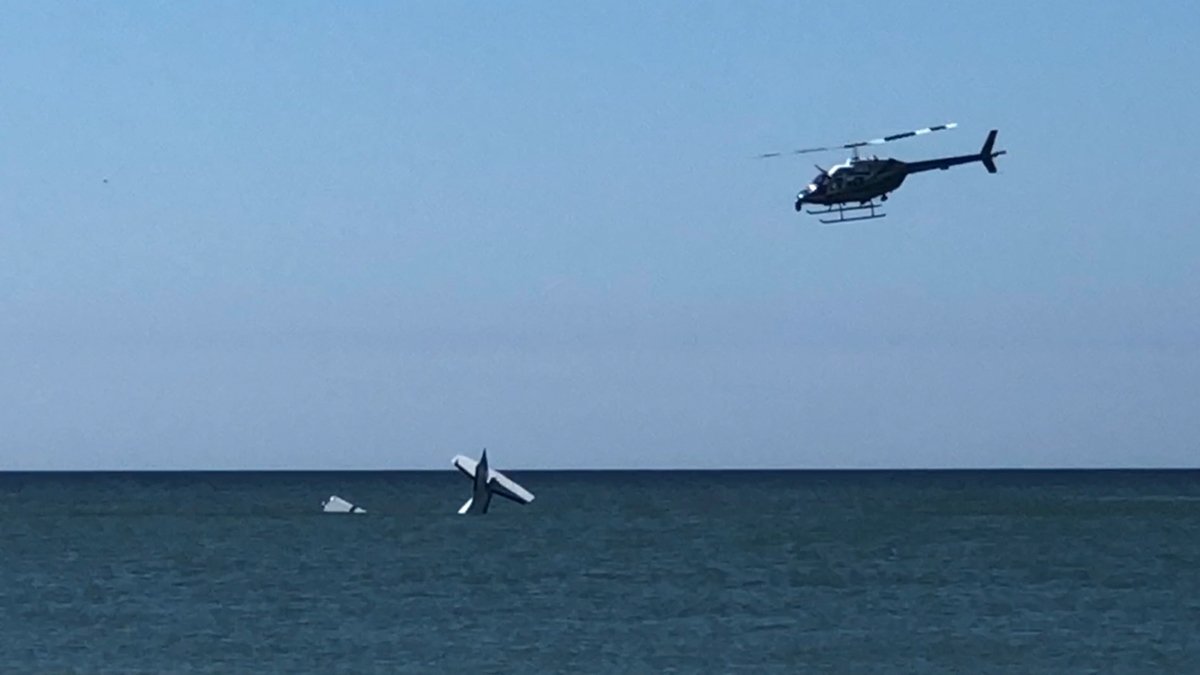
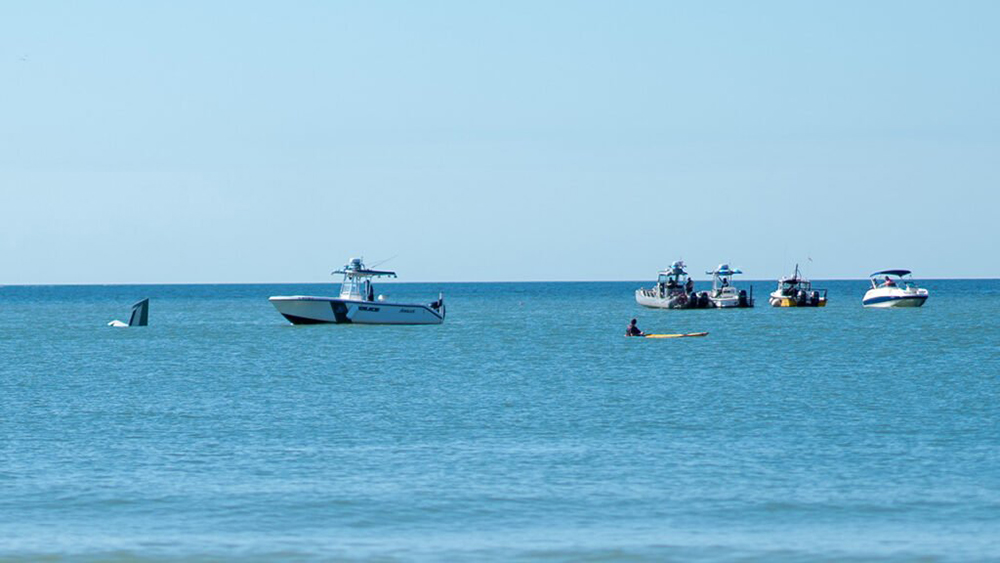
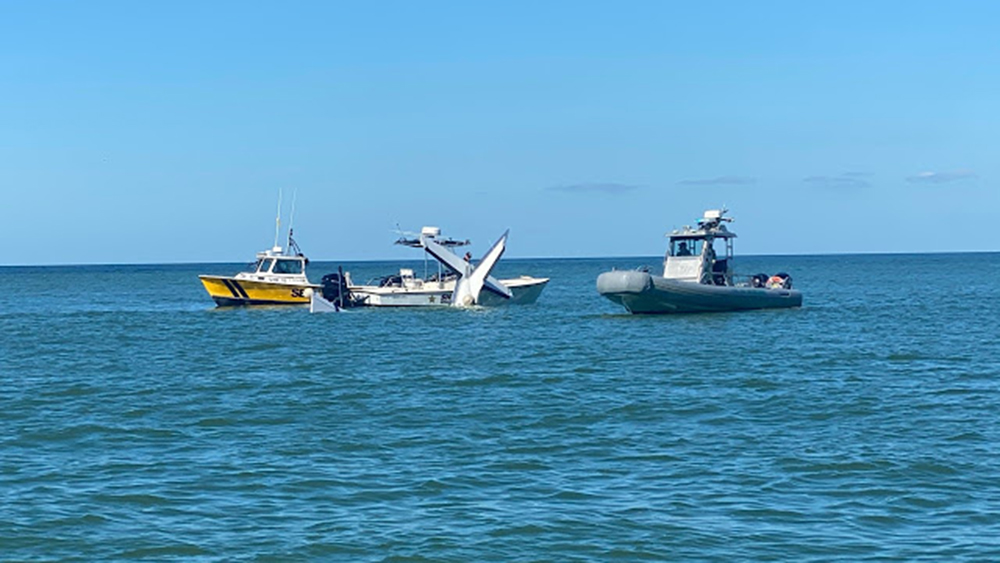
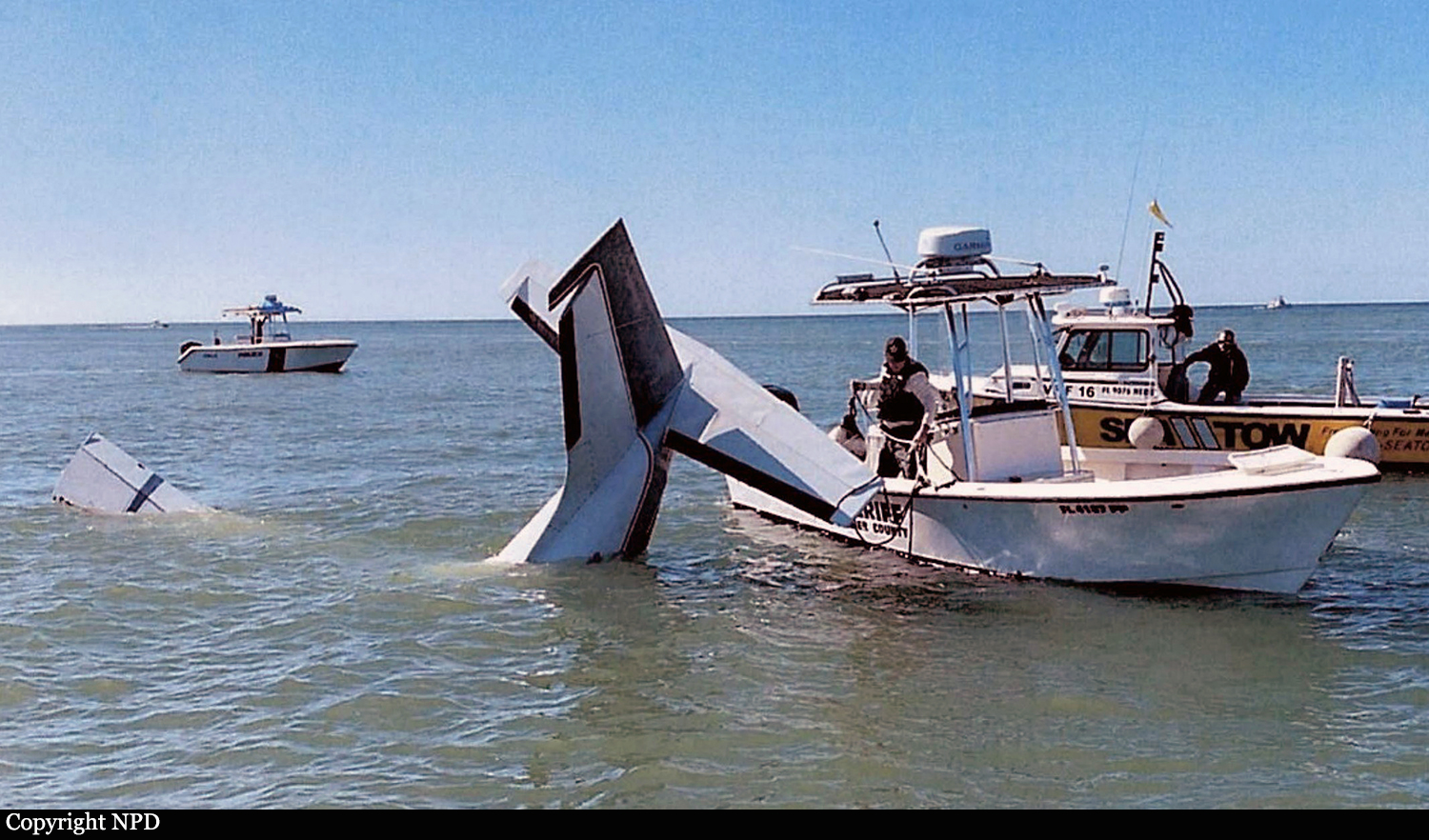
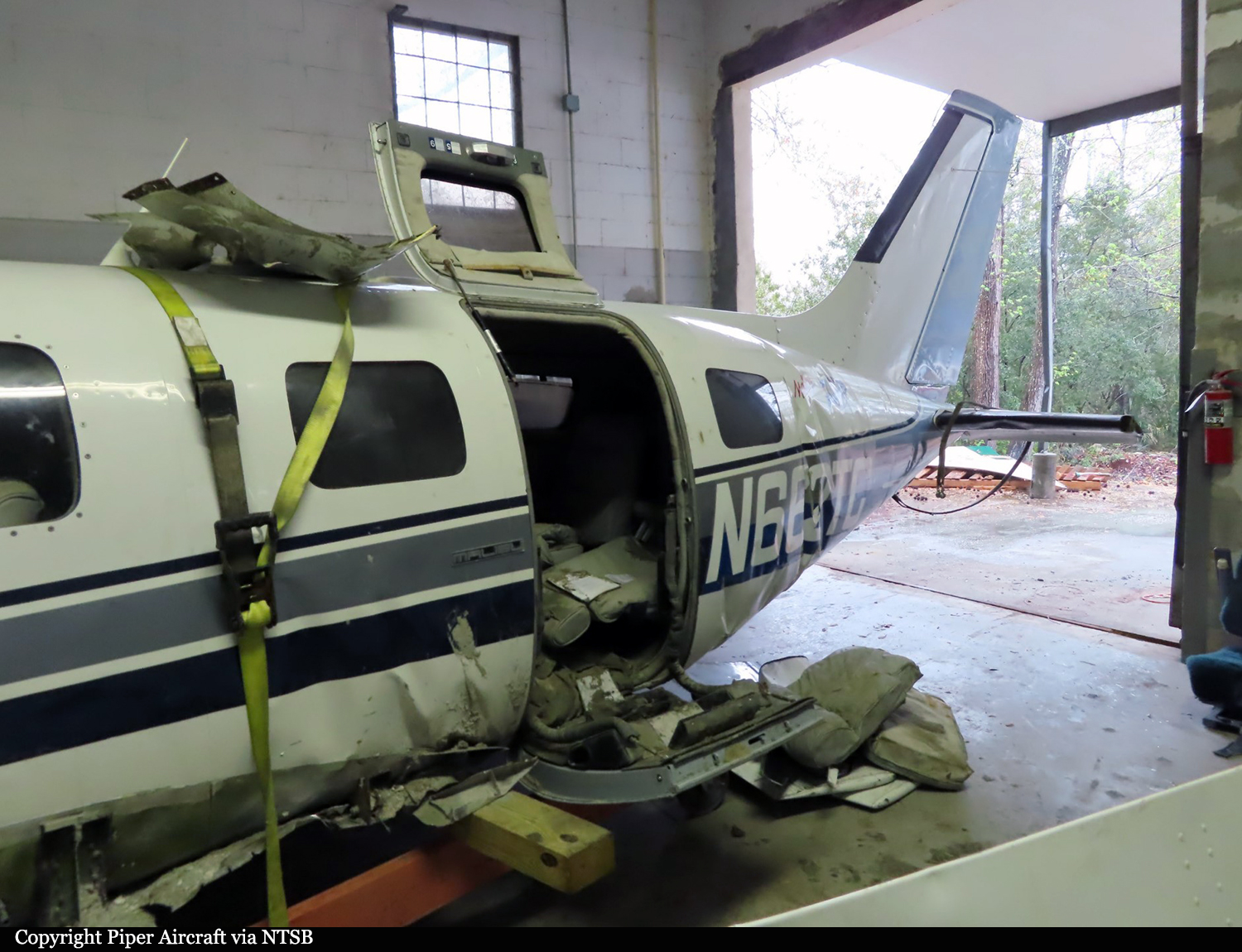
Crash of a Piper PA-46-350P Malibu Mirage in Dauchingen
Date & Time:
Oct 10, 2020 at 1105 LT
Registration:
N369ST
Survivors:
Yes
Schedule:
Rottweil - Lugano
MSN:
46-36936
YOM:
2006
Crew on board:
1
Crew fatalities:
Pax on board:
1
Pax fatalities:
Other fatalities:
Total fatalities:
0
Captain / Total hours on type:
2000.00
Aircraft flight hours:
1894
Circumstances:
The single engine airplane departed Rottweil-Zepfenhan Airport at 1056LT on a private flight to Lugano, carrying one passenger and one pilot. While climbing at FL070 in IMC, the fuel filter bypass warning light illuminated in the cockpit panel, but it went out again shortly thereafter. Approximately one minute after this indicator illuminated, the engine lost power. The aircraft began to descend and the pilot attempted to restart the engine twice. He initially intended to fly back to Rottweil Airport. However, as neither this airport nor Donaueschingen-Villingen Airport could be reached at the current altitude, he decided to attempt an emergency landing in an open field. He considered Schwenningen Airport too dangerous due to the forest, the buildings and the short runway. The airplane landed gear down in a field located in Dauchingen, about 15 km southwest of Rottweil Airport. After touchdown, the airplane struck irregularities on the ground, causing the undercarriage to be torn off. The airplane came to rest on a path with its both wings partially sheared off. Both occupants escaped with minor injuries.
Probable cause:
Inspection of the fuel system revealed that the fuel filter was heavily clogged with a brown-black substance. When attempting to drain this filter before removing it, no liquid flowed out. Heavy contamination was also found in the sump tank. Only a small amount of fuel was found at the bottom of the sump tank.
Final Report:
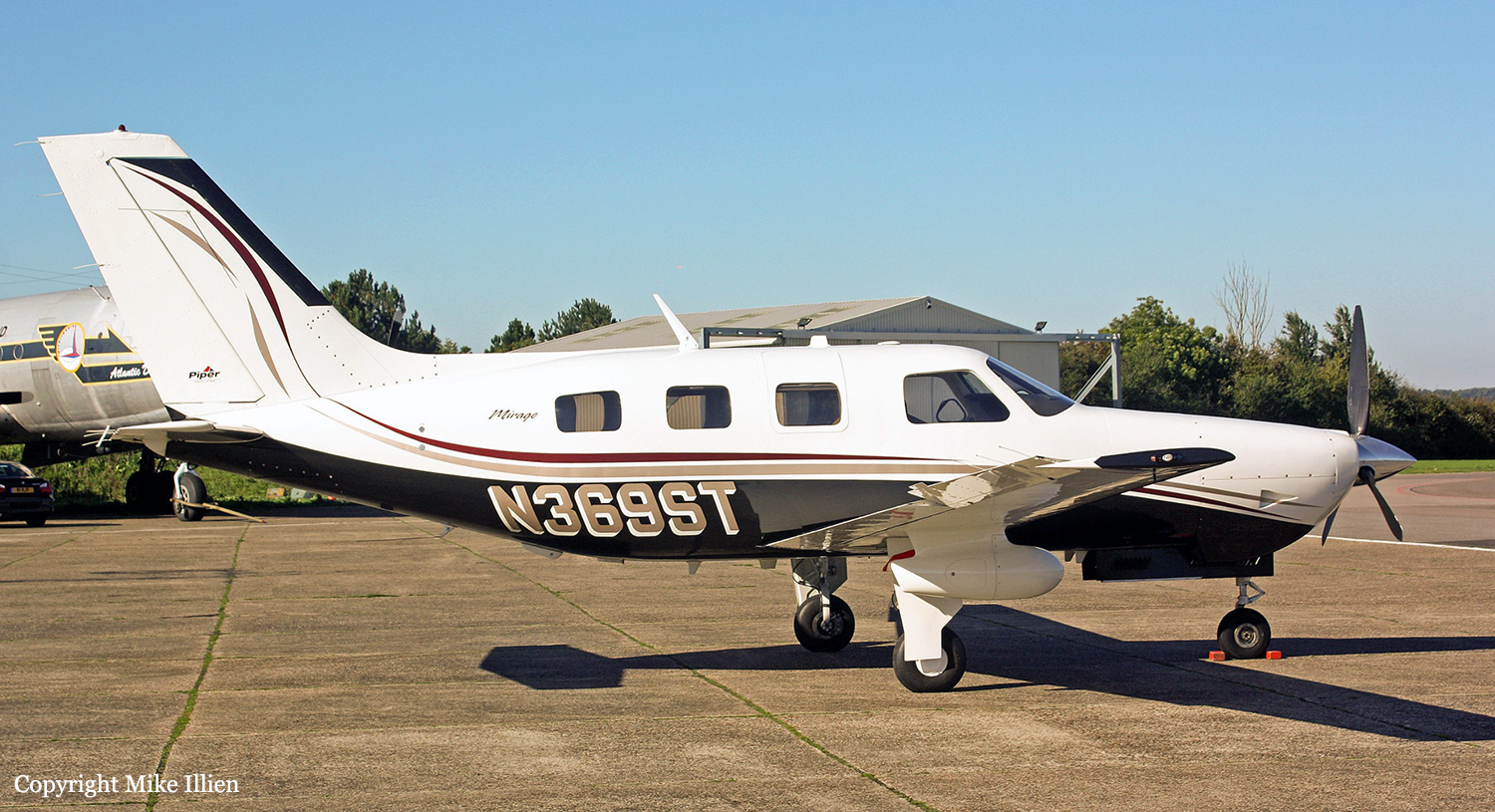
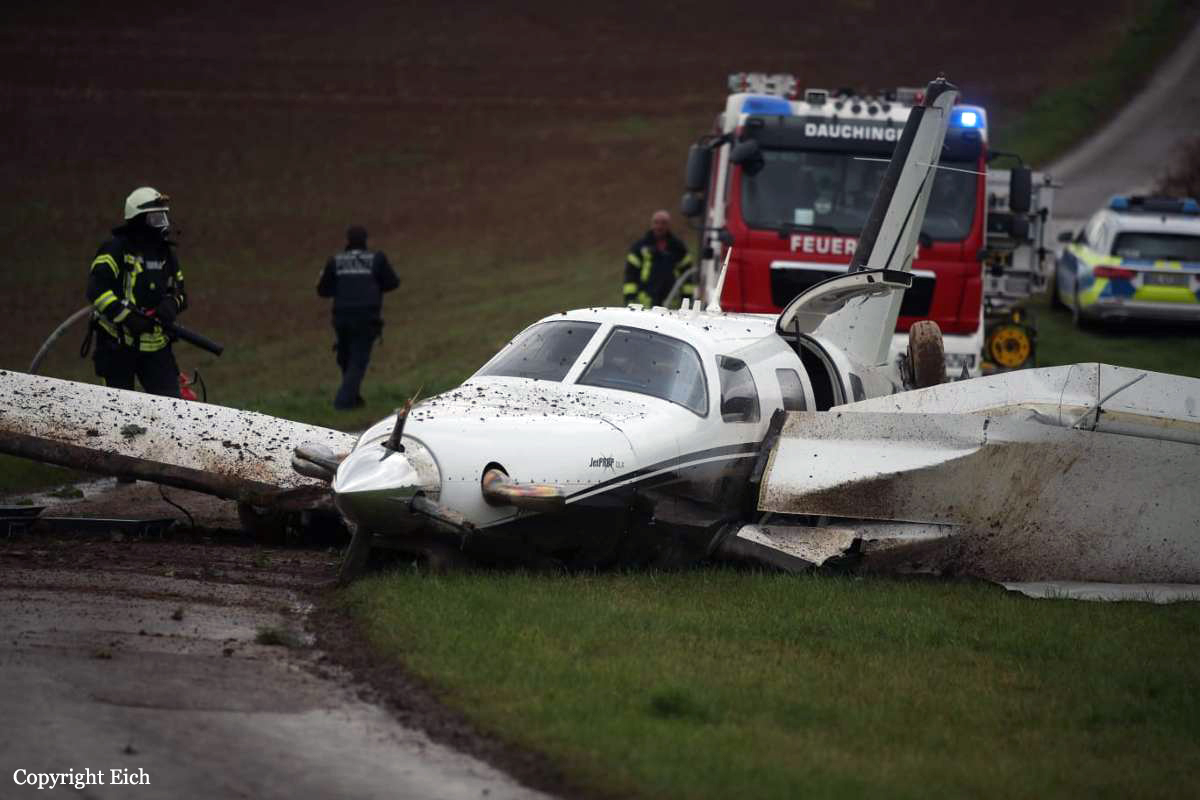
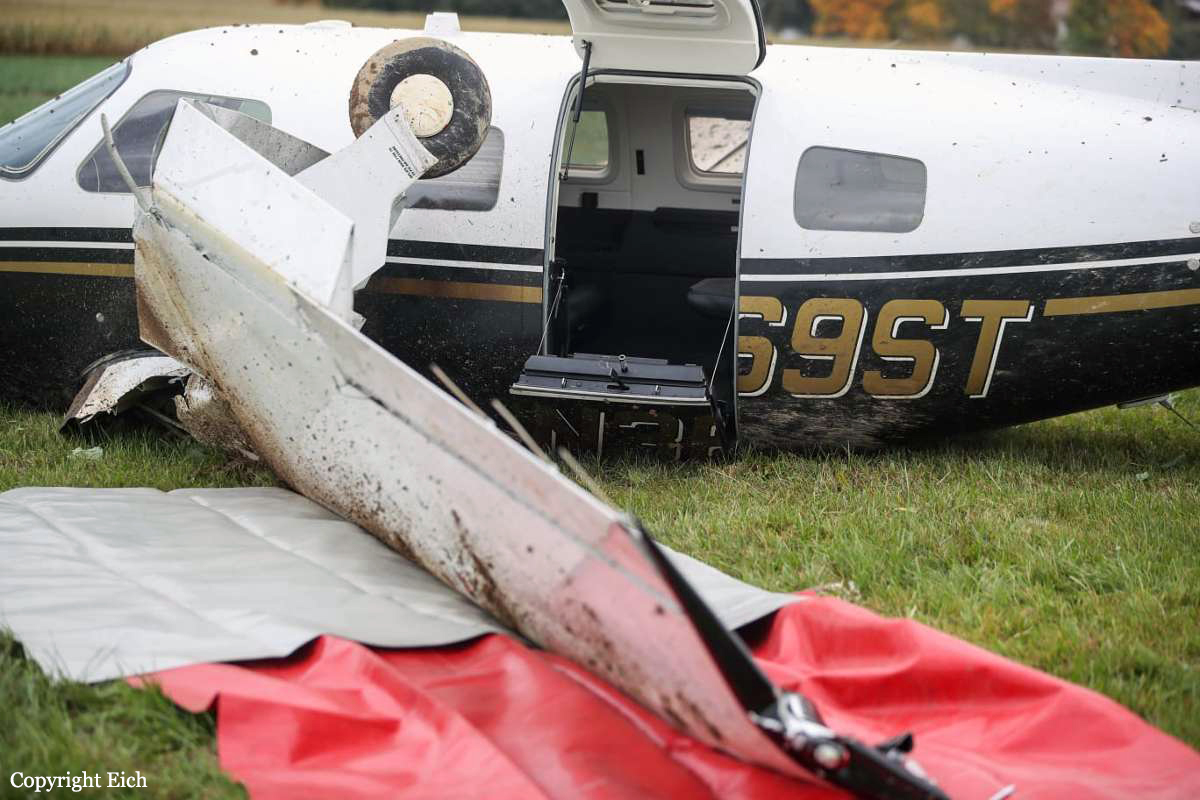
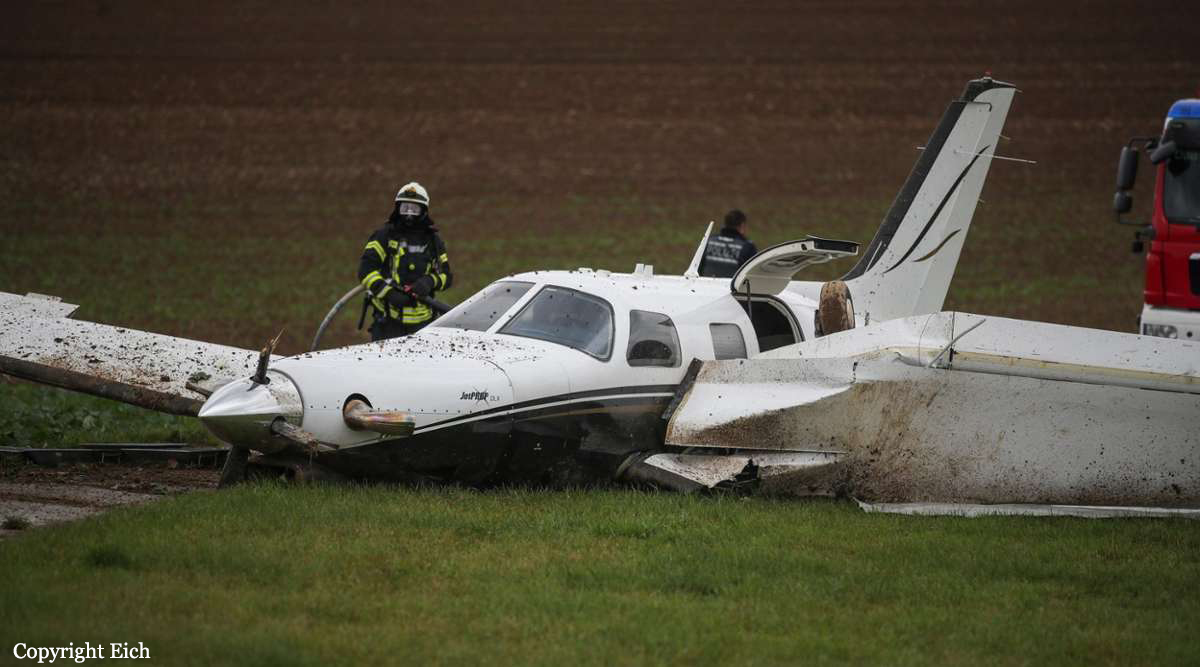
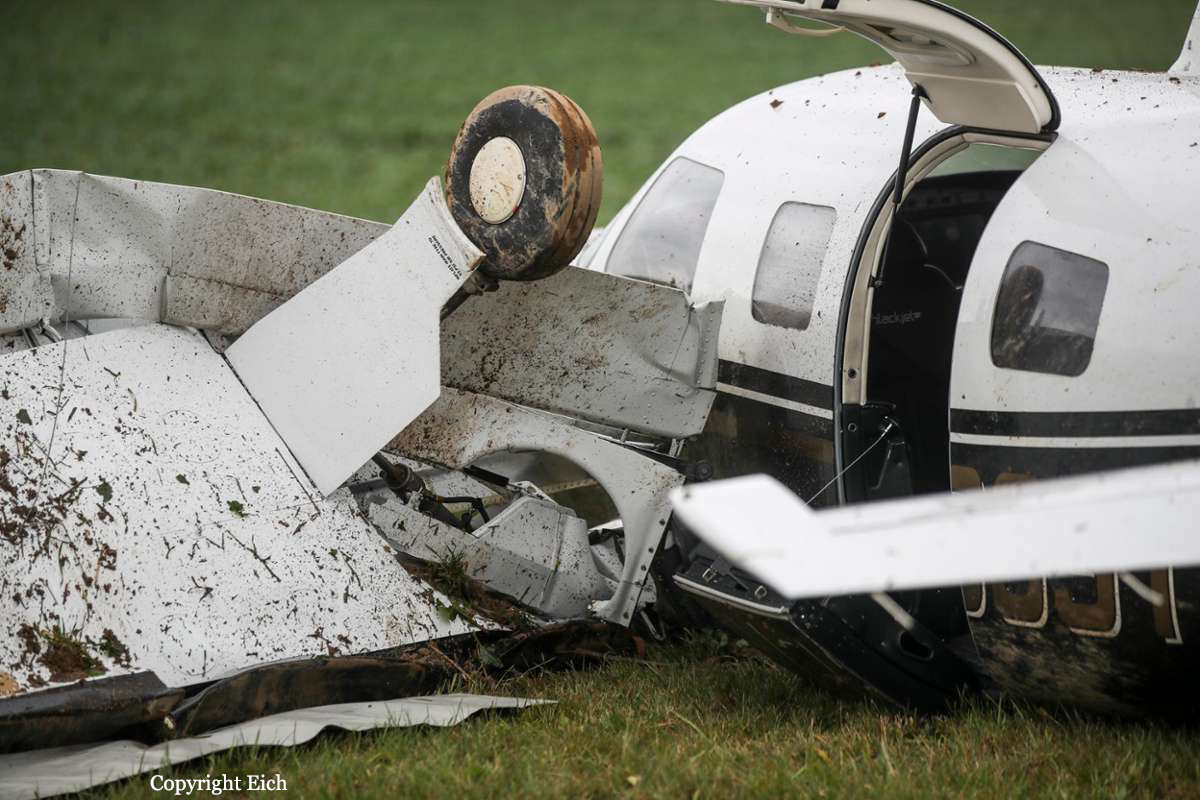
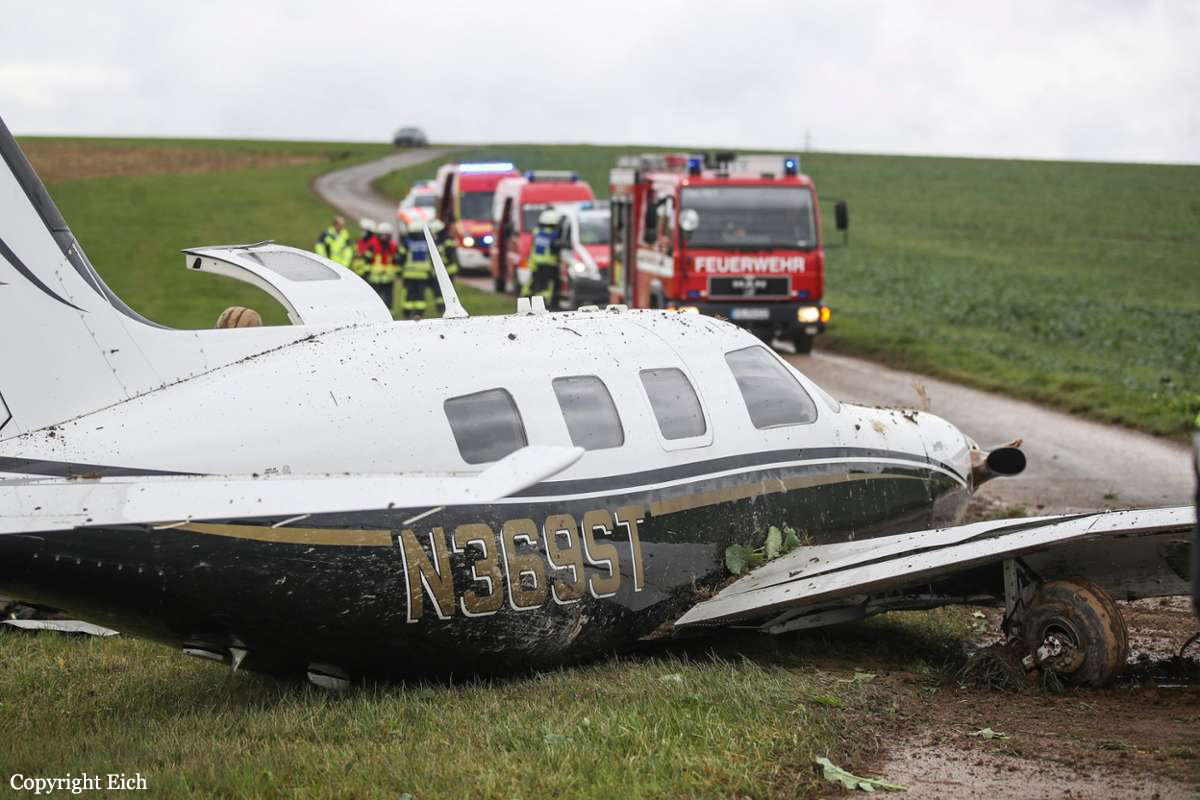
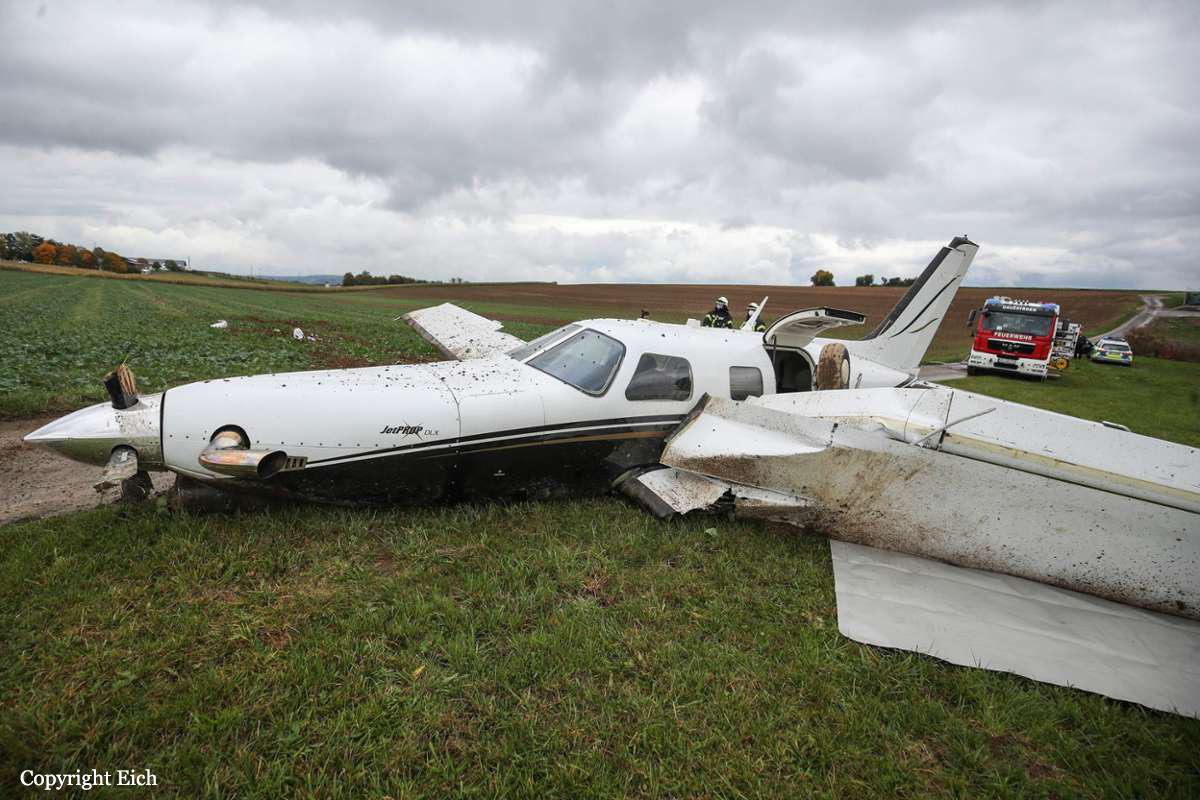
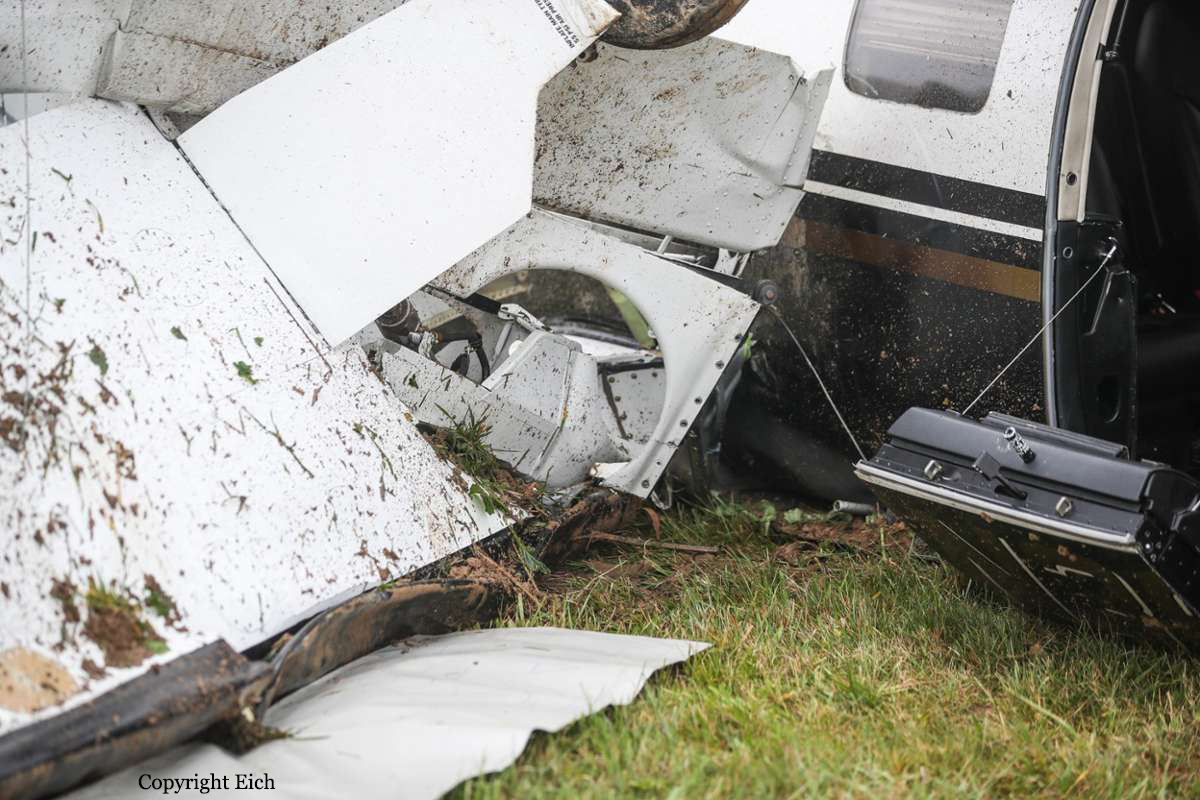
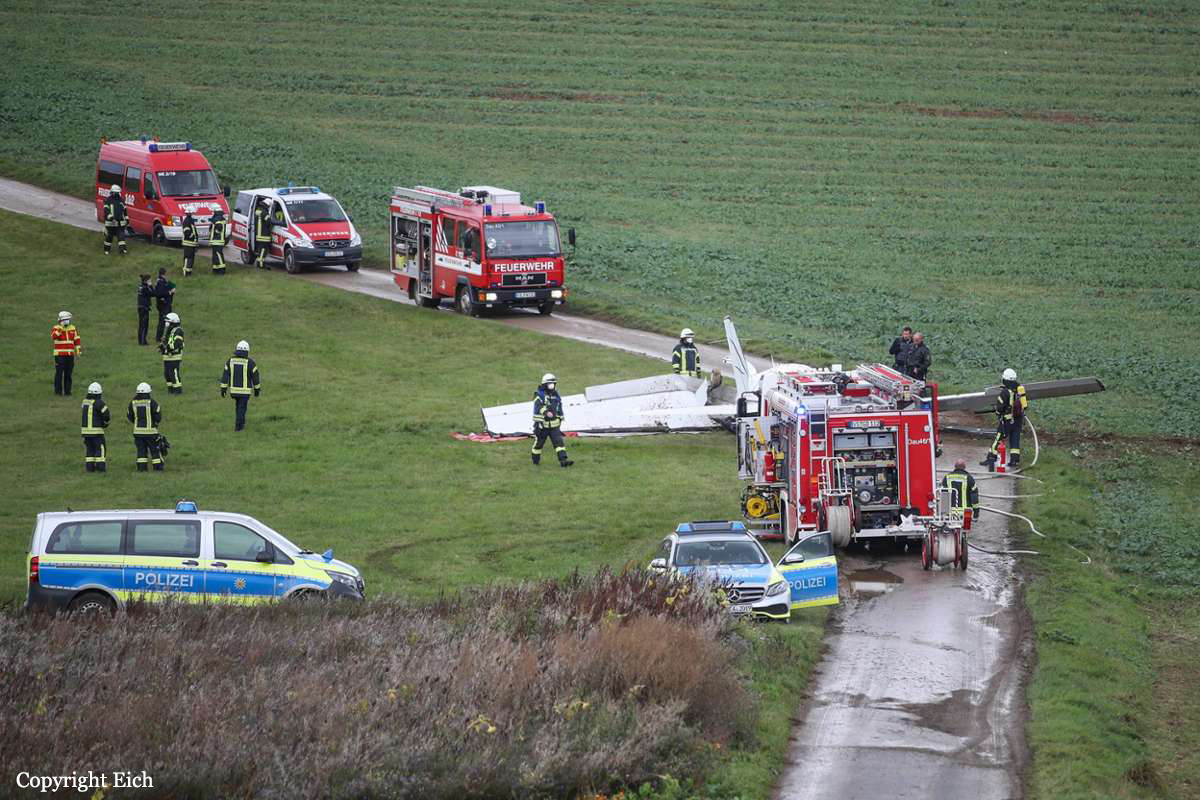
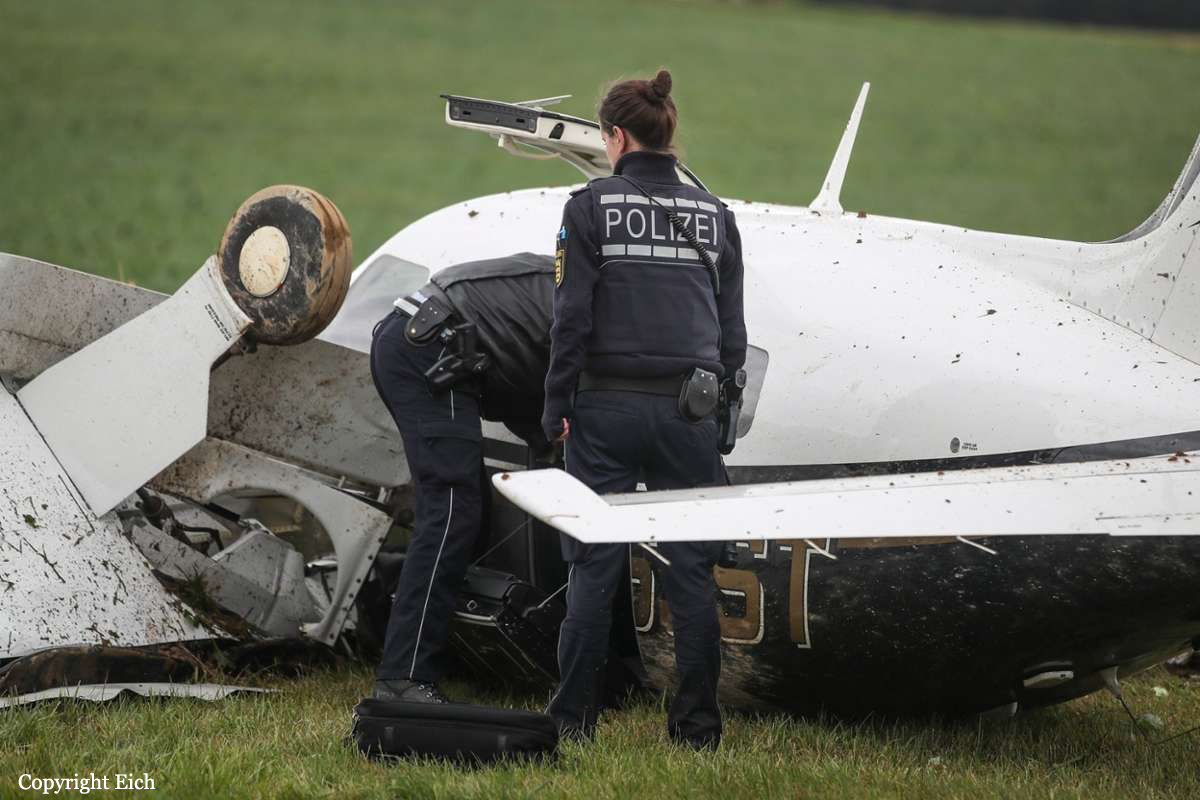
Crash of a Piper PA-46R-350T Matrix in Vannes
Date & Time:
Oct 5, 2020 at 1415 LT
Registration:
N898BB
Survivors:
Yes
Schedule:
Vannes - La Môle
MSN:
46-92057
YOM:
2008
Crew on board:
1
Crew fatalities:
Pax on board:
1
Pax fatalities:
Other fatalities:
Total fatalities:
0
Captain / Total hours on type:
565.00
Circumstances:
On the morning of the day of the accident, the pilot, accompanied by a passenger, flew under IFR flight mode from La Môle (83) to Quiberon (56). The flight took 3 hours and 40 minutes and the return was scheduled in the afternoon. After landing in Quiberon, the pilot learned that there was no possibility to refuel with AVGAS, information that was not specified by NOTAM. The pilot then decided to refuel at Vannes-Meucon Airport before leaving to St Tropez-La Môle. He said he was upset by this situation and by the bad weather conditions in the area. During the pre-flight visit to Quiberon, the pilot added oil. He indicates that he also carried out a pre-flight inspection before takeoff from Vannes. During the takeoff roll from runway 22 at Vannes-Meucon Airport, the rotation took place in the first third of the runway. Just after liftoff, he saw the engine cowling open. He immediately thaught he forgot to tighten the dipstick and decided to abort the takeoff and landed on the remaining runway. The runway being long, he believed he can stop before the runway end. He put the power levers in the "full, reduced and choke" position and tried to land the plane quickly. As the aircraft already reached a high speed, it landed 200 metres short of runway end and deviated longitudinally and crossed the runway end safety area, known as RESA. It came to a stop a 100 metres further on an embankment. The left wing was partially torn off and the aircraft was damaged beyond repair. There was no fire. Both occupants escaped uninjured.
Final Report:

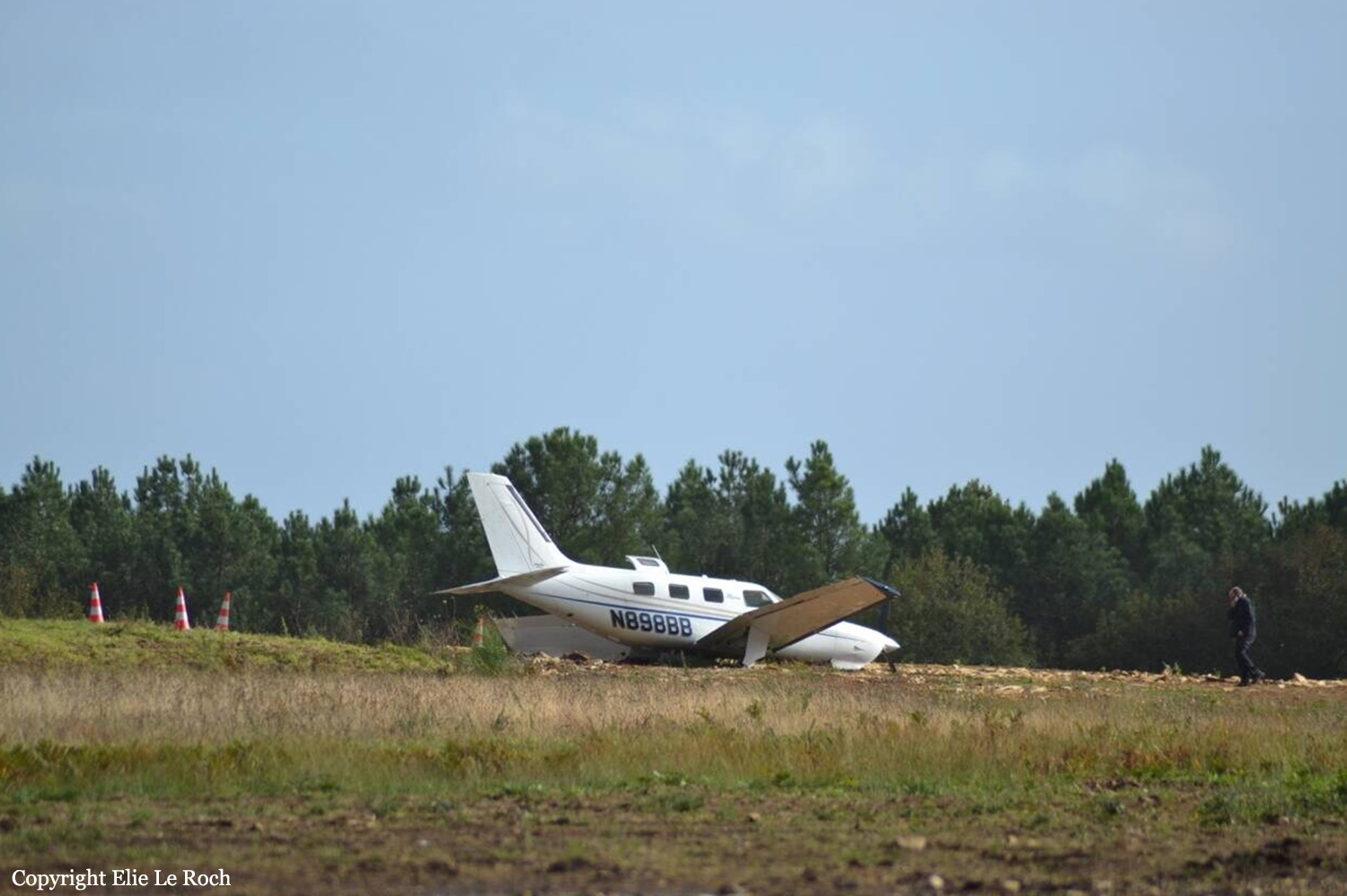
Crash of a Piper PA-46-500TP Malibu Meridian in Lake Elmo
Date & Time:
Oct 2, 2020 at 1512 LT
Registration:
N62ZM
Survivors:
Yes
Schedule:
Lake Elmo - Mesquite
MSN:
46-97087
YOM:
2001
Crew on board:
1
Crew fatalities:
Pax on board:
1
Pax fatalities:
Other fatalities:
Total fatalities:
0
Captain / Total hours on type:
42.00
Aircraft flight hours:
2850
Circumstances:
On October 2, 2020, about 1512 central daylight time (CDT), a Piper PA-46-500TP, N62ZM, was substantially damaged when it was involved in an accident near Lake Elmo, Minnesota. The airline transport pilot sustained serious injuries. The airplane was operated as a Title 14 Code of Federal Regulations (CFR) Part 91 personal flight. The pilot reported that shortly after takeoff from runway 32 at the Lake Elmo airport (21D) and following landing gear retraction, he noticed a “hiccup” in the engine power and immediately started a turn back towards the airport. During the turn, all engine power was lost and the pilot executed a forced landing into a field of standing corn. The airplane impacted the terrain, bounced, and came to rest upright in the corn about ½ mile northwest of the departure end of runway 32. The airplane sustained substantial damage to the right wing as a result of the impact and post-crash fire. The airplane was equipped with a Pratt & Whitney PT6A turboprop engine.
Probable cause:
A total loss of engine power for reasons that could not be determined.
Final Report:
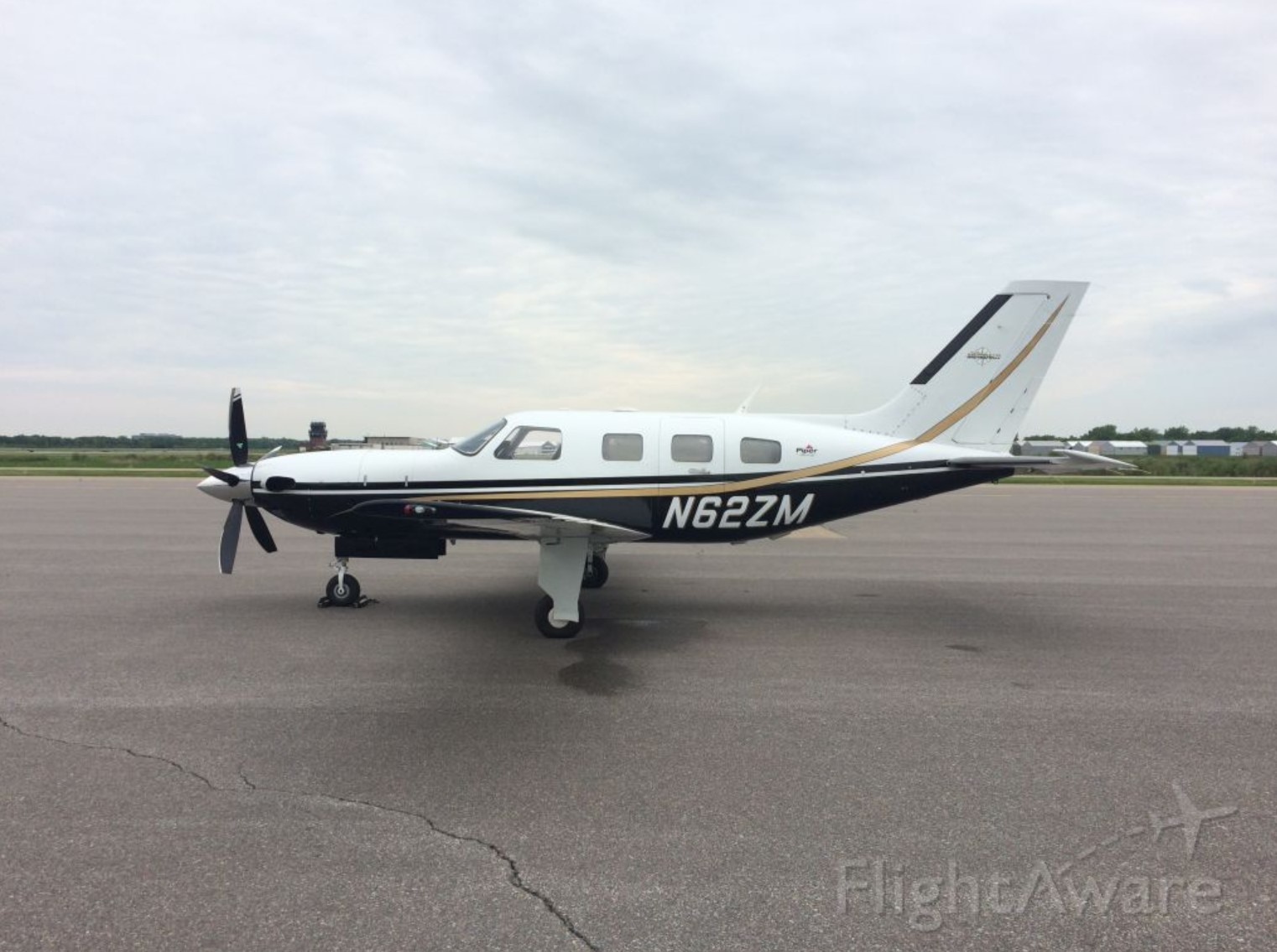
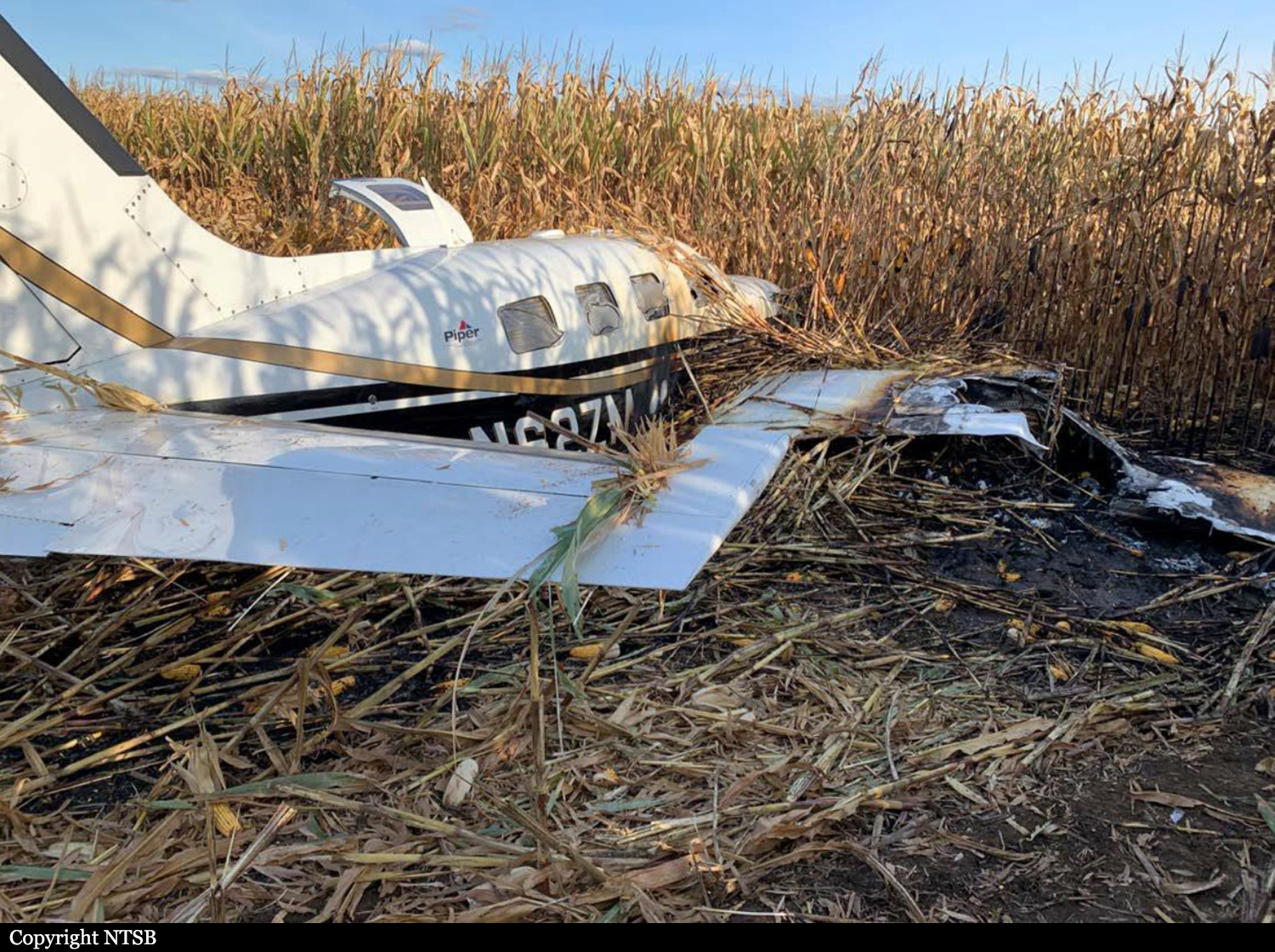
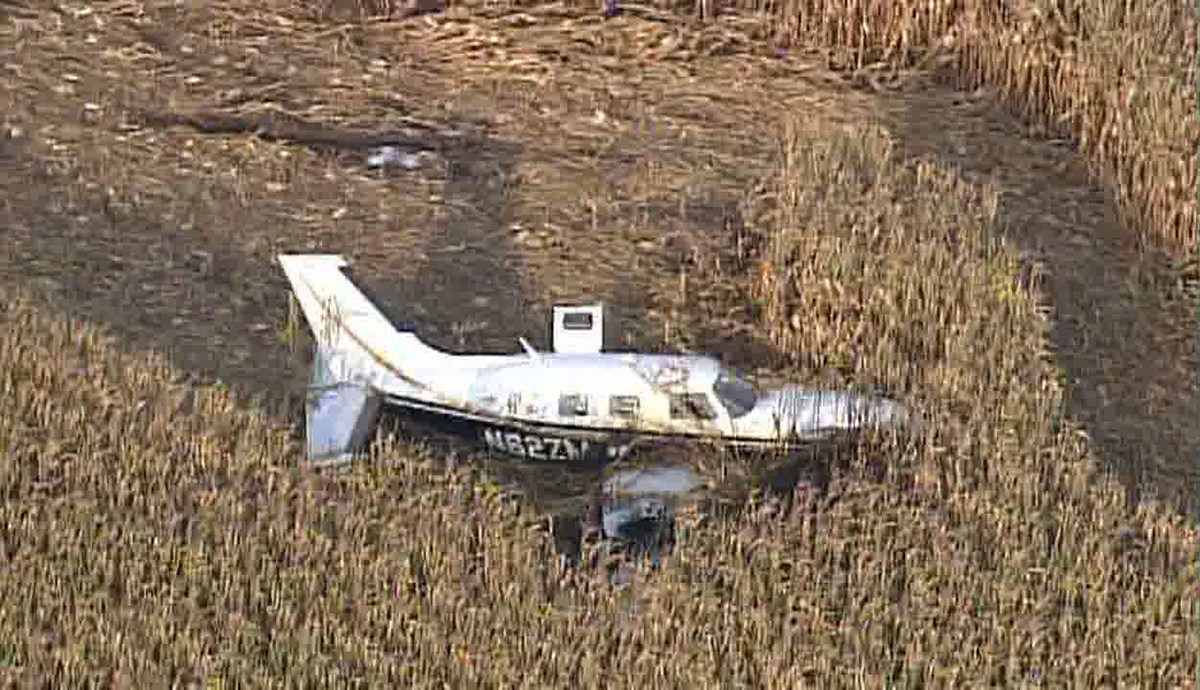
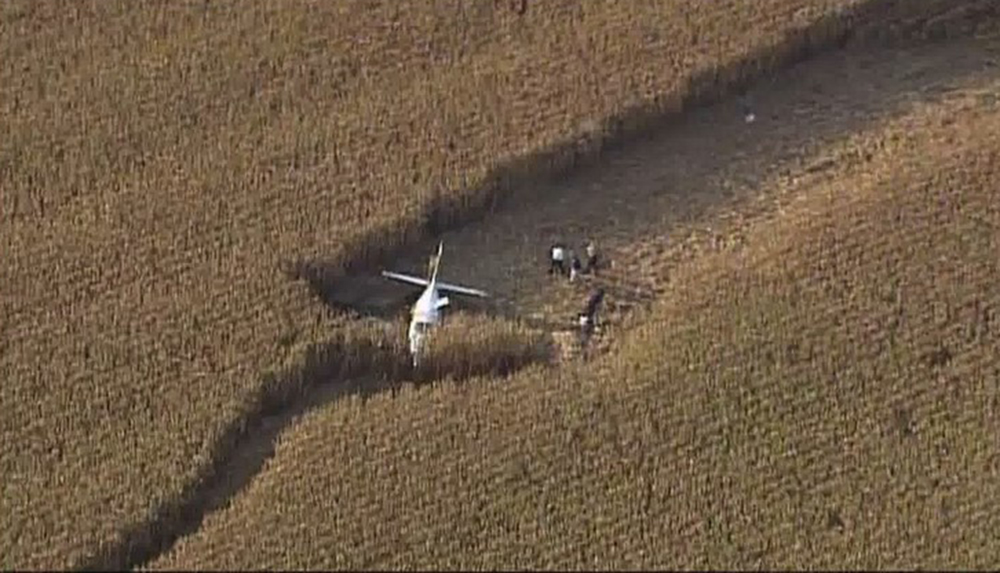
Crash of a Piper PA-46-310P Malibu in Hilltop Lakes: 4 killed
Date & Time:
Sep 20, 2020 at 1050 LT
Registration:
N236KM
Survivors:
No
Schedule:
Horseshoe Bay – Natchitoches
MSN:
46-8508014
YOM:
1985
Crew on board:
1
Crew fatalities:
Pax on board:
3
Pax fatalities:
Other fatalities:
Total fatalities:
4
Circumstances:
While in cruise flight at 19,000 ft mean sea level (msl), the pilot declared an emergency to air traffic control and stated that the airplane had lost engine power and that he needed to divert. The pilot elected to divert to an airport that was about 5 miles south of his position. Archived automatic dependent surveillance-broadcast data and commercially available flight track data showed that a descent was initiated from 19,000 ft and the airplane proceeded directly to, and circled around, the airport one time while descending. The last data point showed the airplane at 1,250 ft msl (about 750 ft above ground level) and about 1 mile north of the approach end of the runway. From the cruise altitude of 19,000ft until the last data point, about 12 minutes and 45 seconds had elapsed, which equated to an average descent rate of about 1,392ft per minute. Witnesses located about 1/4 mile south of the end of the runway on a miniature golf course noticed the propeller on the airplane was not turning. They stated that they saw the airplane in a “really hard” left bank; the nose of the airplane dropped, and it impacted the ground in a near vertical attitude. The airplane came to rest along a road about 200 ft south of the airport property. The airplane impacted the terrain in a nose low, near vertical attitude and sustained substantial damage to fuselage and both wings. It is likely that, based on the location of the runway, relative to the miniature golf course, the pilot initiated the left bank to avoid bystanders on the ground and inadvertently exceeded the wing’s critical angle of attack, which resulted in an aerodynamic stall. The airplane was equipped with an engine trend monitor (ETM), which captured various events concerning the accident flight, including engine start, operating limit exceedances, and power checks. The ETM captured a power check while the airplane was at 19,100 ft. About 3 minutes 32 seconds later, an engine off event was recorded. The ETM further captured a logon message, which was consistent with the power being cycled, at an altitude of 3,542 ft, 9 minutes, 52 seconds later. The ETM did not record any start attempts between the logged engine off event and when power was lost to the unit. A postaccident examination of the airframe, engine, and accessories did not reveal any mechanical malfunctions or anomalies that would have precluded normal operation. Although it cannot be determined whether a restart attempt would have been successful, the data were consistent with a restart not being attempted. Both the engine failure and power off landing checklists contained instructions for the pilot to establish the airspeed at 90 knots; however, when the winds aloft were applied to the reported groundspeeds, it was evident this did not occur. Furthermore, the power off landing checklist instructed the pilot to be about 1,500 ft above the airport on the downwind leg; however, data indicate that the airplane was about 5,000 ft above the airport on the downwind leg. The rapid descent from 5,000 ft on the downwind leg to about 750 ft above ground level on the final leg resulted in an unstabilized approach.
Probable cause:
The loss of engine power for reasons that could not be determined and the pilot’s failure to maintain control of the airplane which resulted in an aerodynamic stall and spin. Contributing to the accident was the pilot’s failure to establish and maintain a proper glidepath.
Final Report:
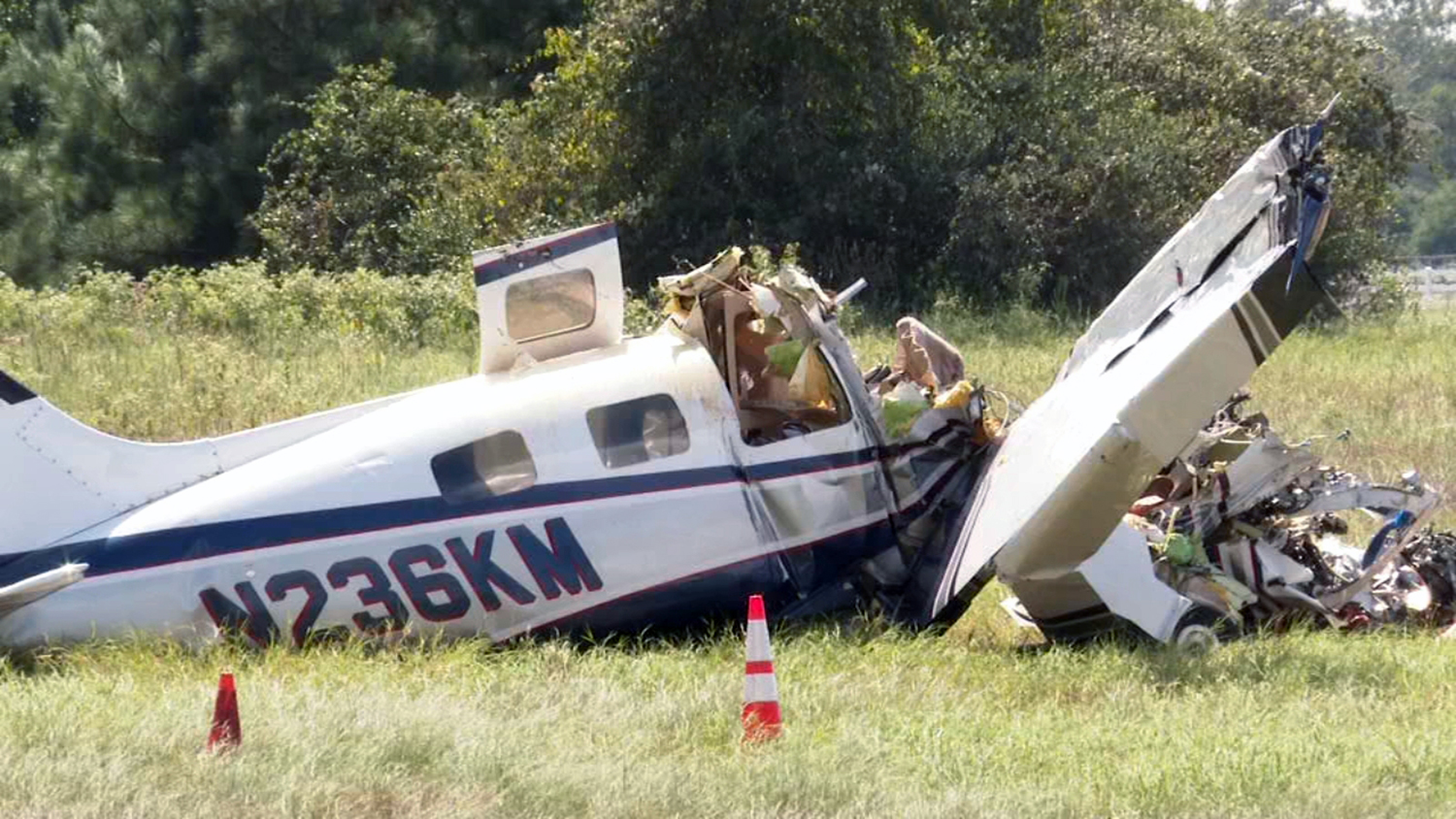
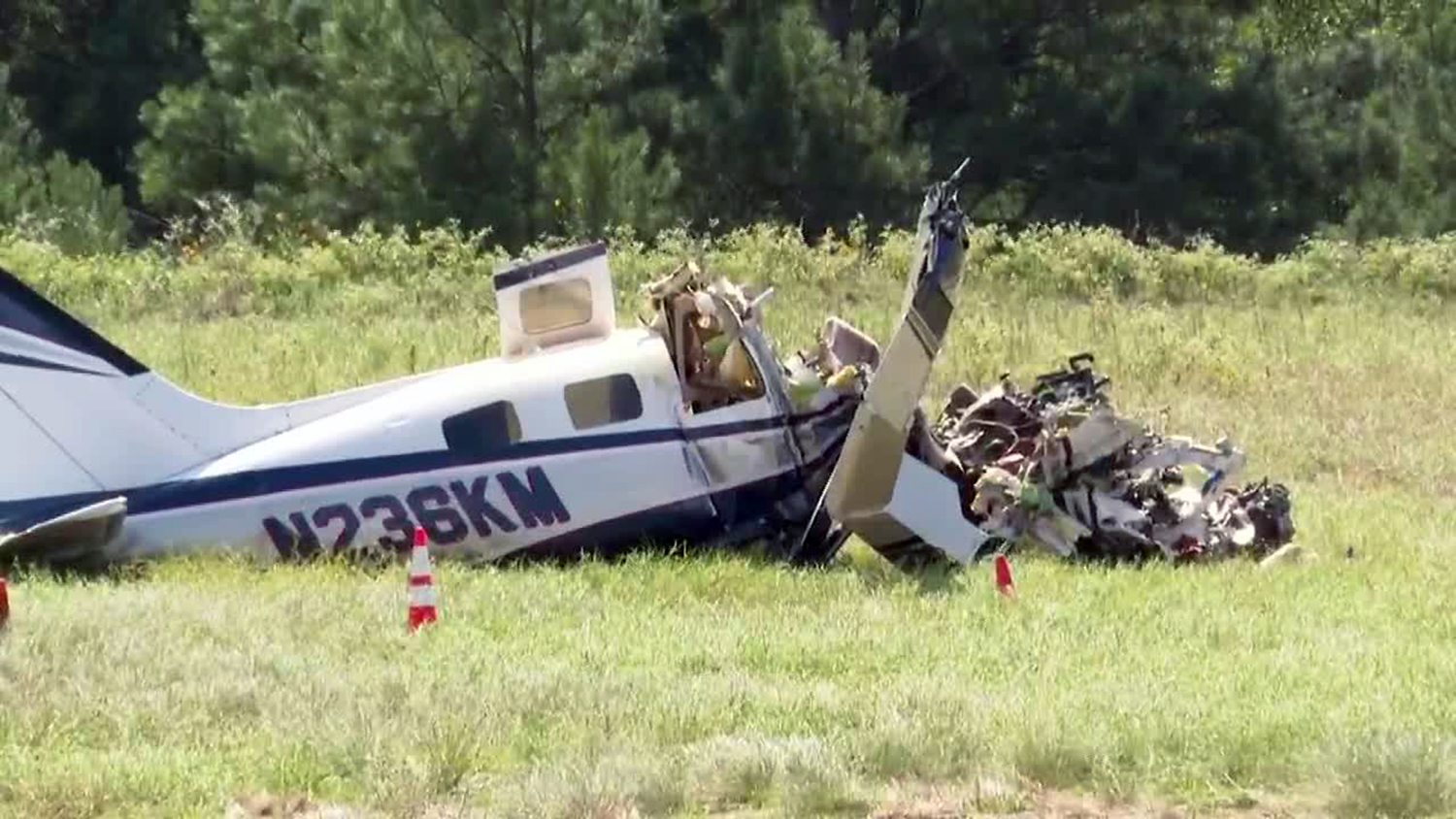
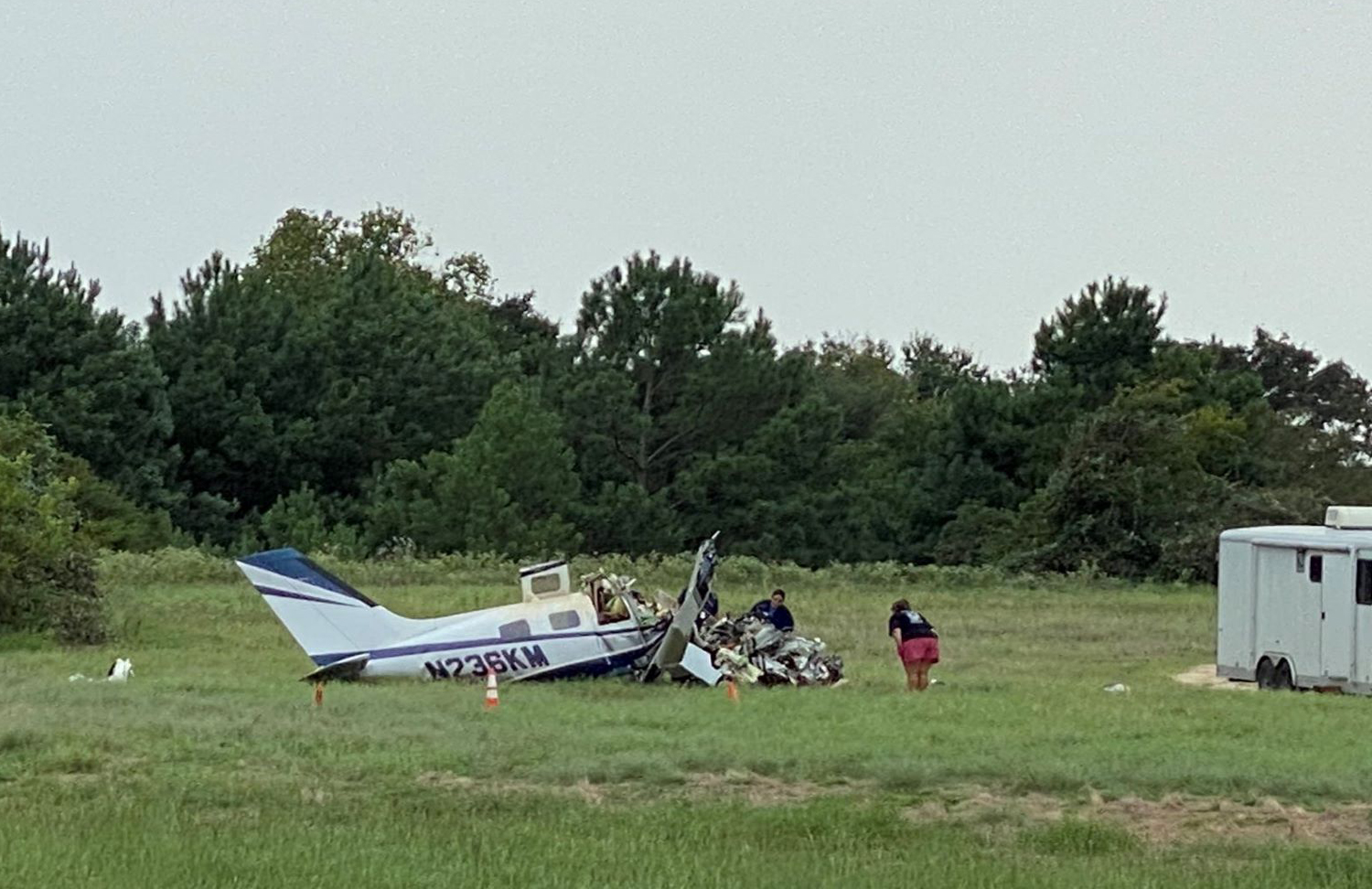
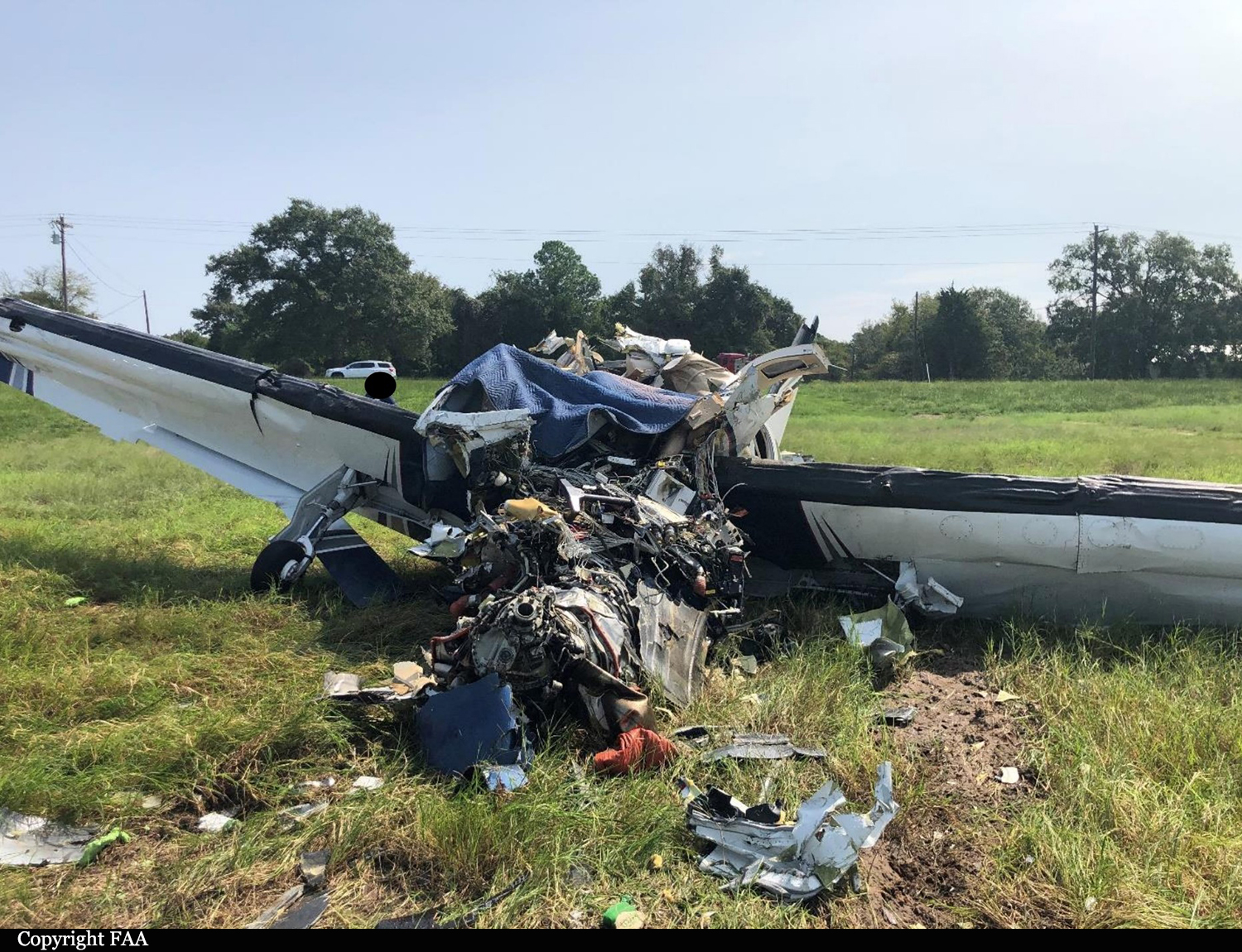
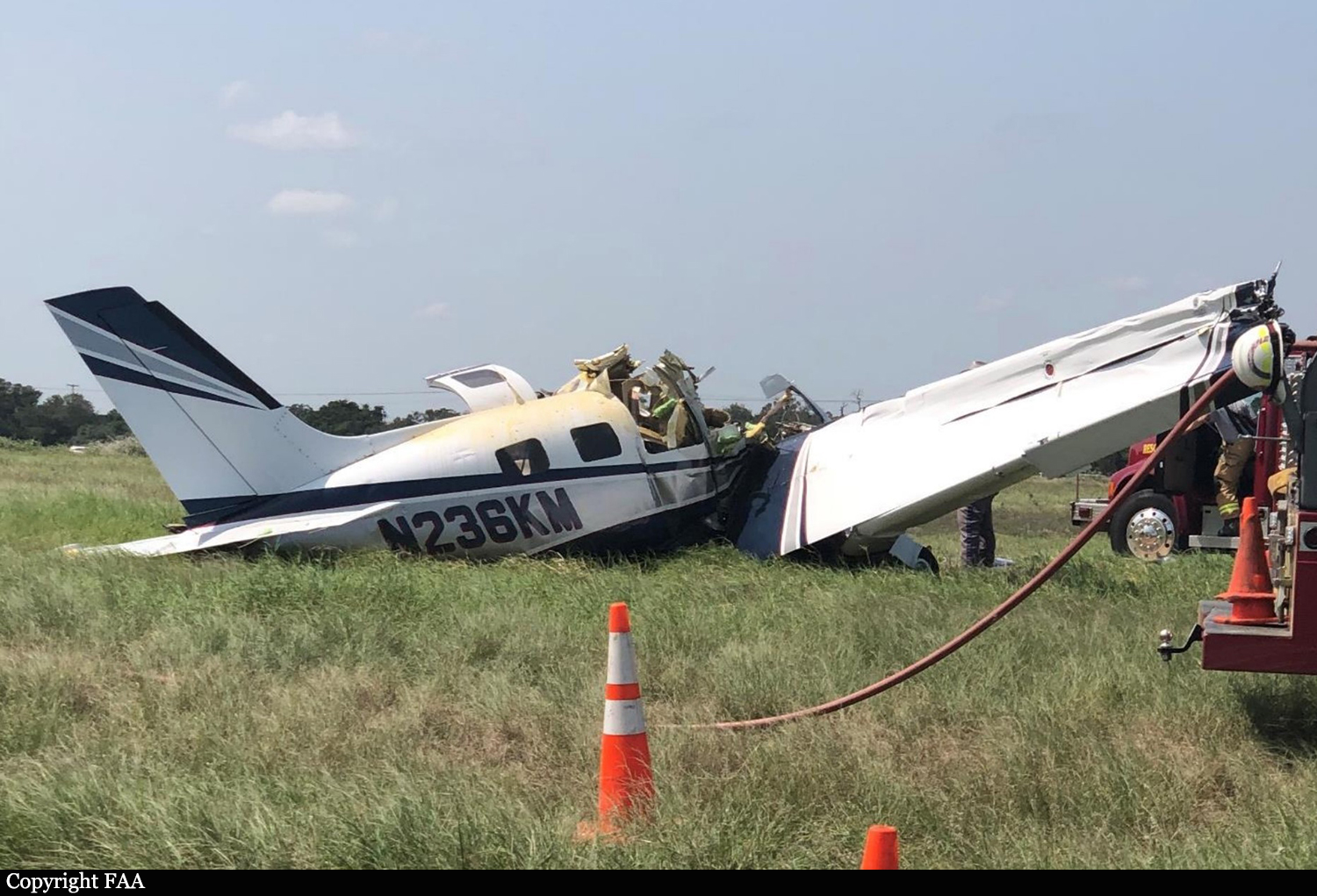
Crash of a Piper PA-46-350P Malibu Mirage in Jacksonville
Date & Time:
Sep 16, 2020 at 1340 LT
Registration:
N972DD
Survivors:
Yes
Schedule:
Jacksonville - Jacksonville
MSN:
46-36637
YOM:
2014
Crew on board:
2
Crew fatalities:
Pax on board:
0
Pax fatalities:
Other fatalities:
Total fatalities:
0
Captain / Total hours on type:
1141.00
Copilot / Total hours on type:
9
Aircraft flight hours:
629
Circumstances:
The instructor pilot reported that while practicing an engine-out landing in the traffic pattern, the pilot-rated student overshot the turn from base leg to final rolling out to the right of the runway centerline. The student pilot attempted to turn back toward the runway and then saw that the airplane’s airspeed was rapidly decreasing. The instructor reported that when he realized the severity of the situation it was too late to do anything. The student attempted to add power for a go-around but was unable to recover. The airplane stalled about 10 ft above the ground, impacted the ground right of the runway, and skidded onto the runway where it came to rest. Both wings and the forward fuselage were substantially damaged. Both pilots stated there were no preaccident mechanical failures or malfunctions with the airplane that would have precluded normal operation.
Probable cause:
The student pilot’s failure to maintain control of the airplane during the landing approach and the exceedance of the airplane’s critical angle of attack at low altitude resulting in an aerodynamic stall. Contributing was the instructor pilot’s failure to adequately monitor the student pilot’s actions during the approach.
Final Report:
